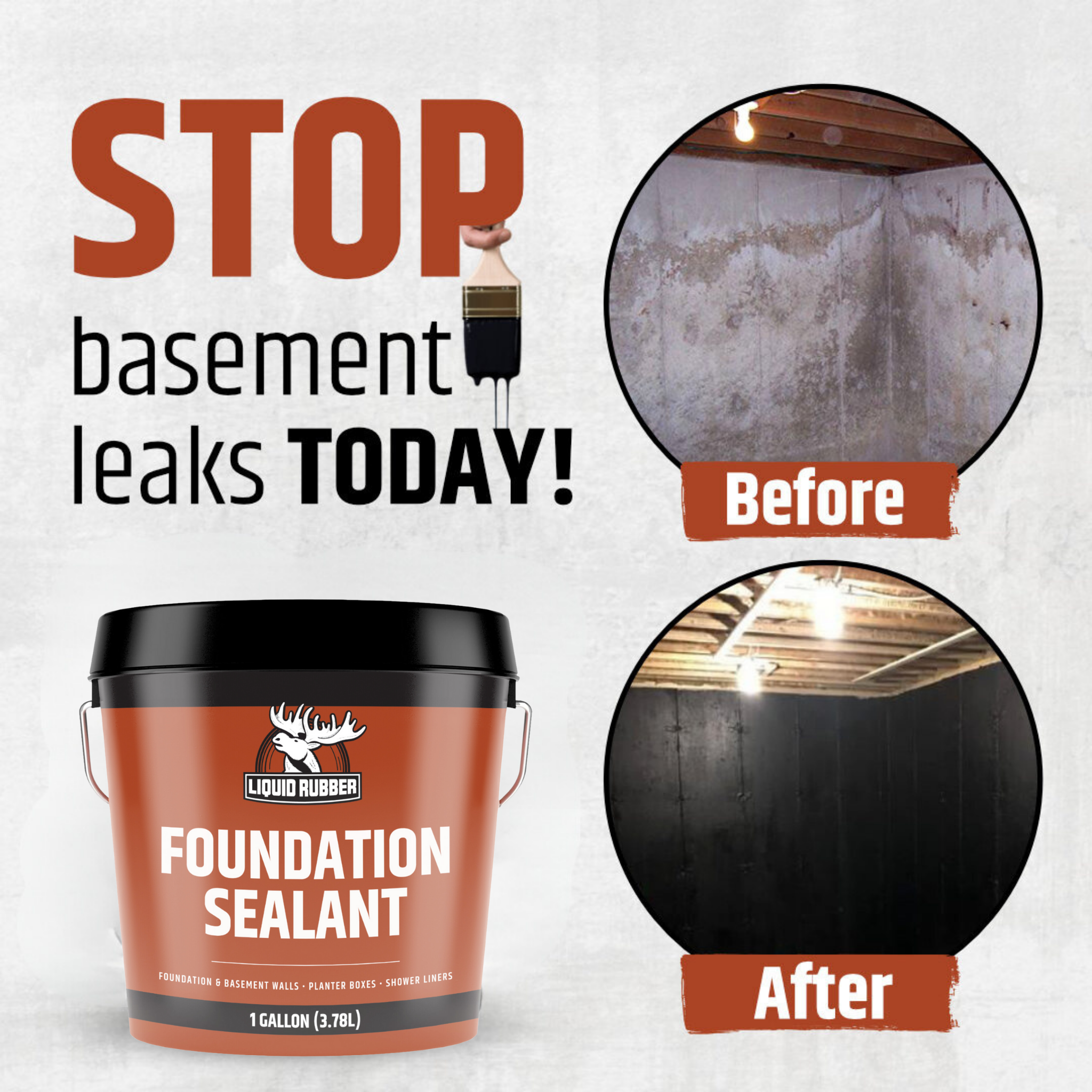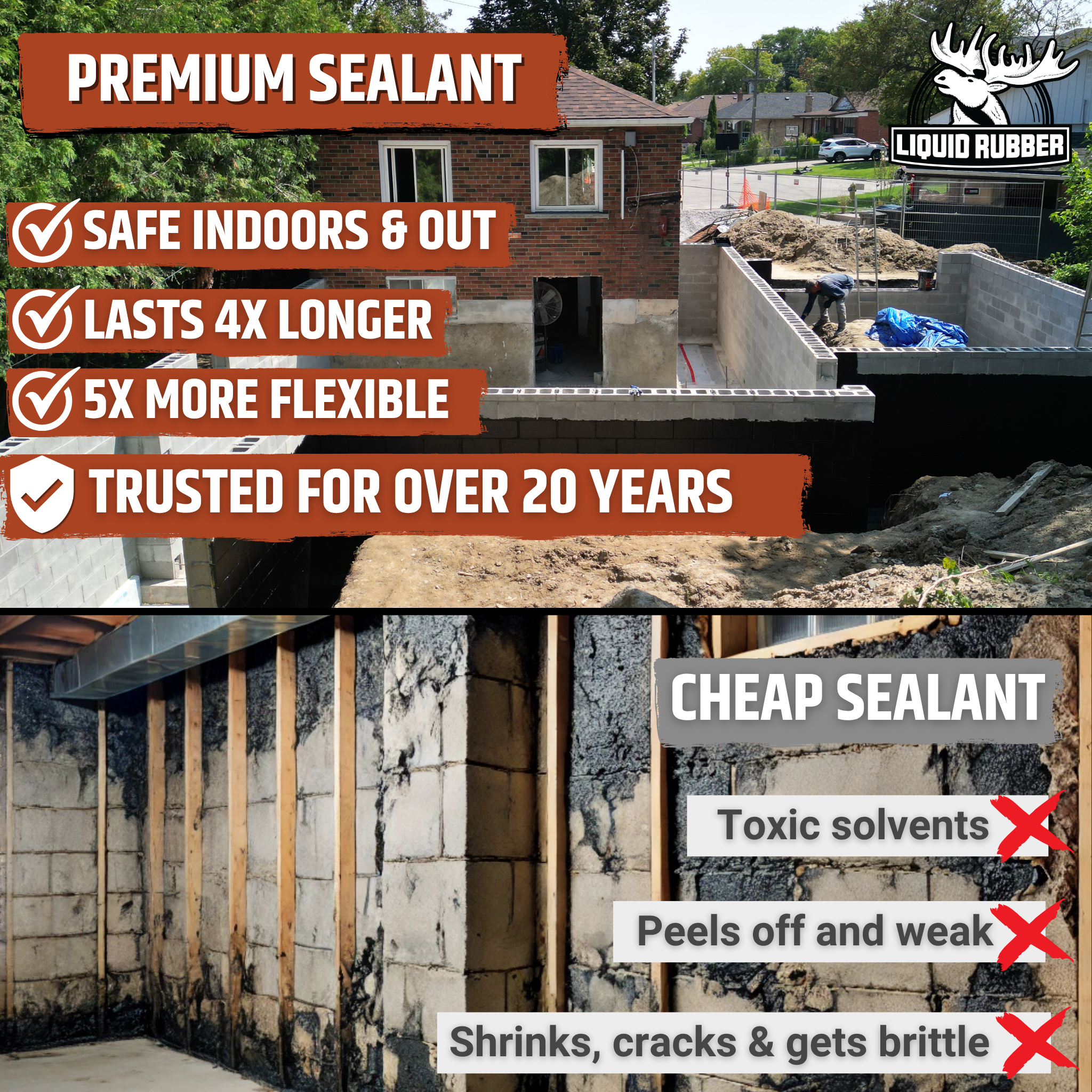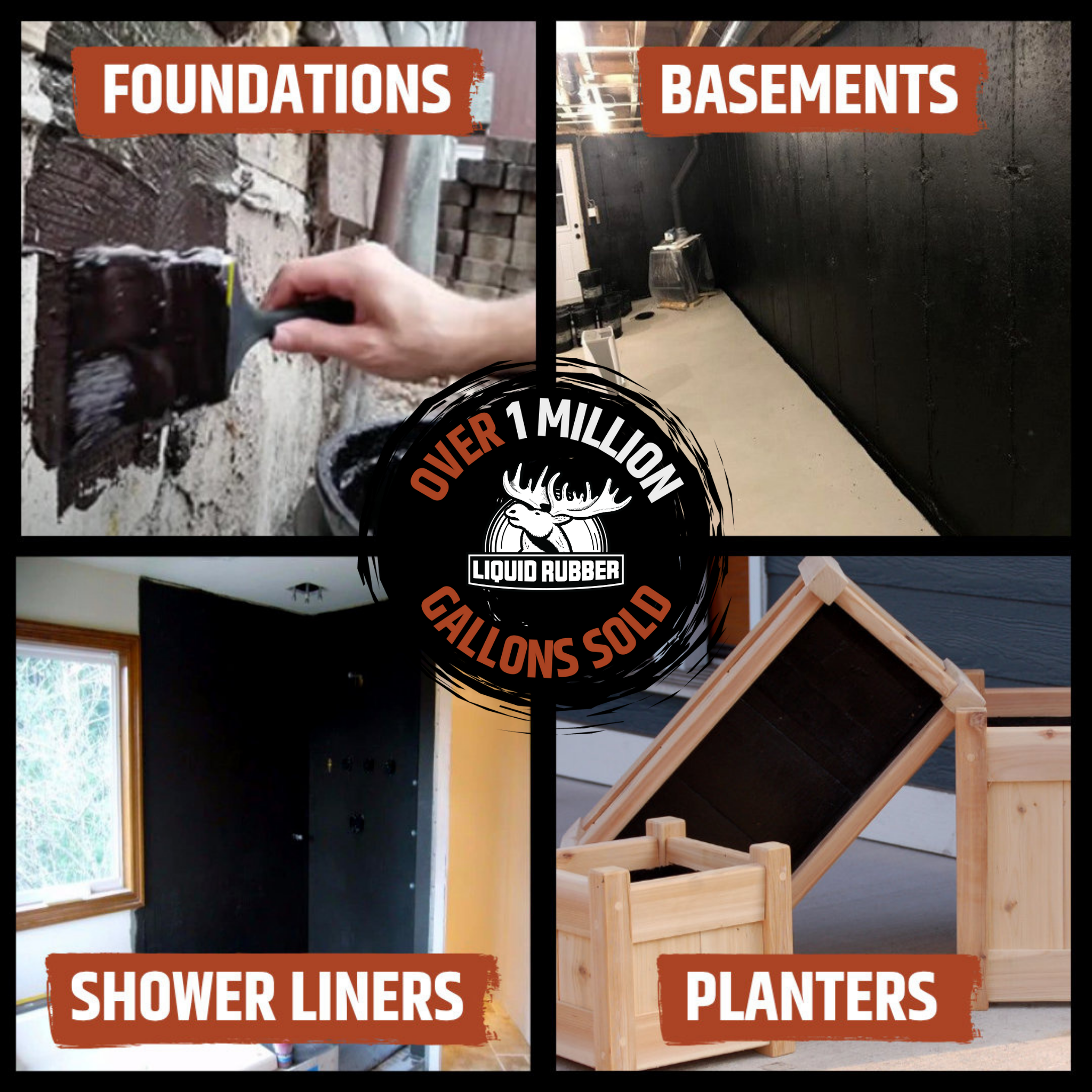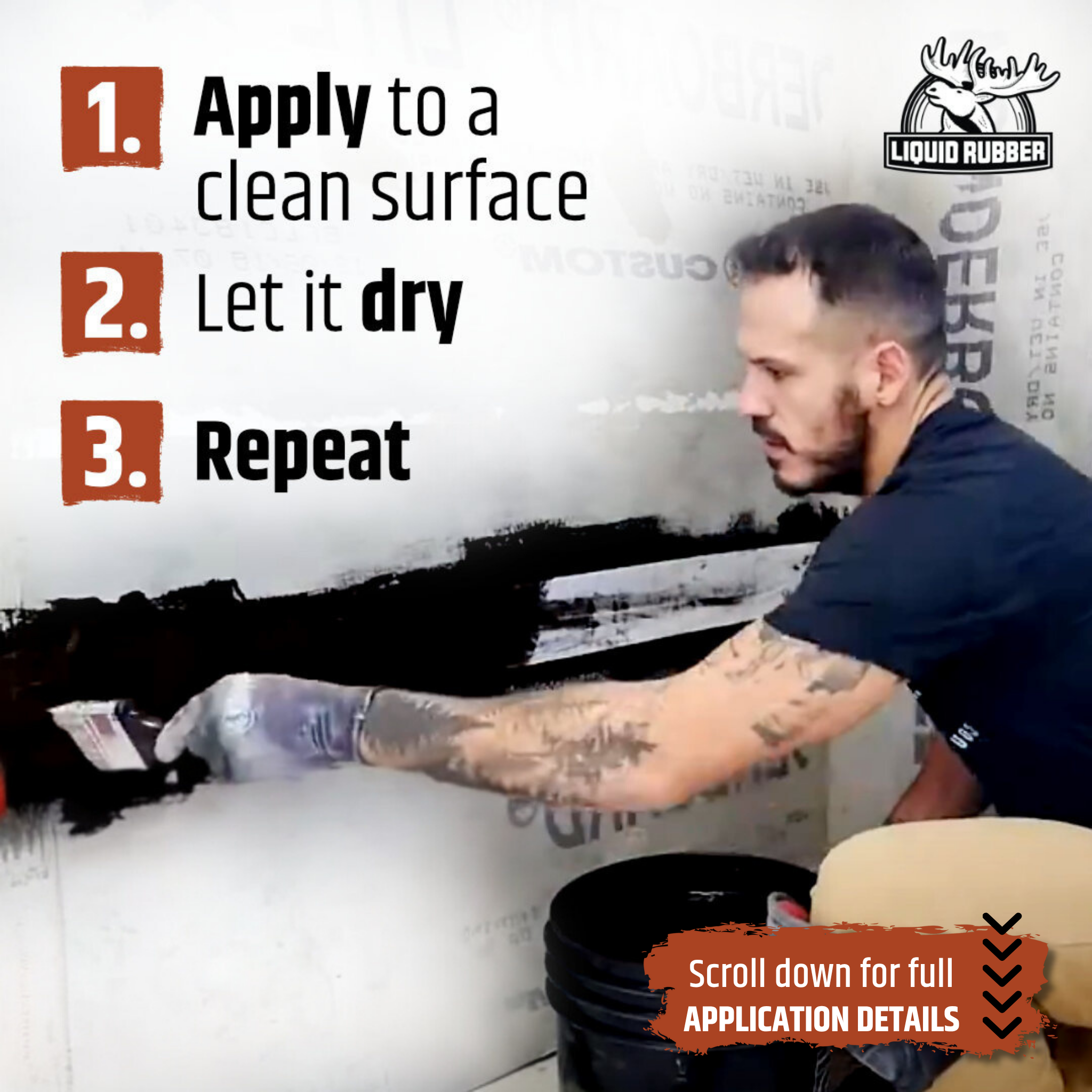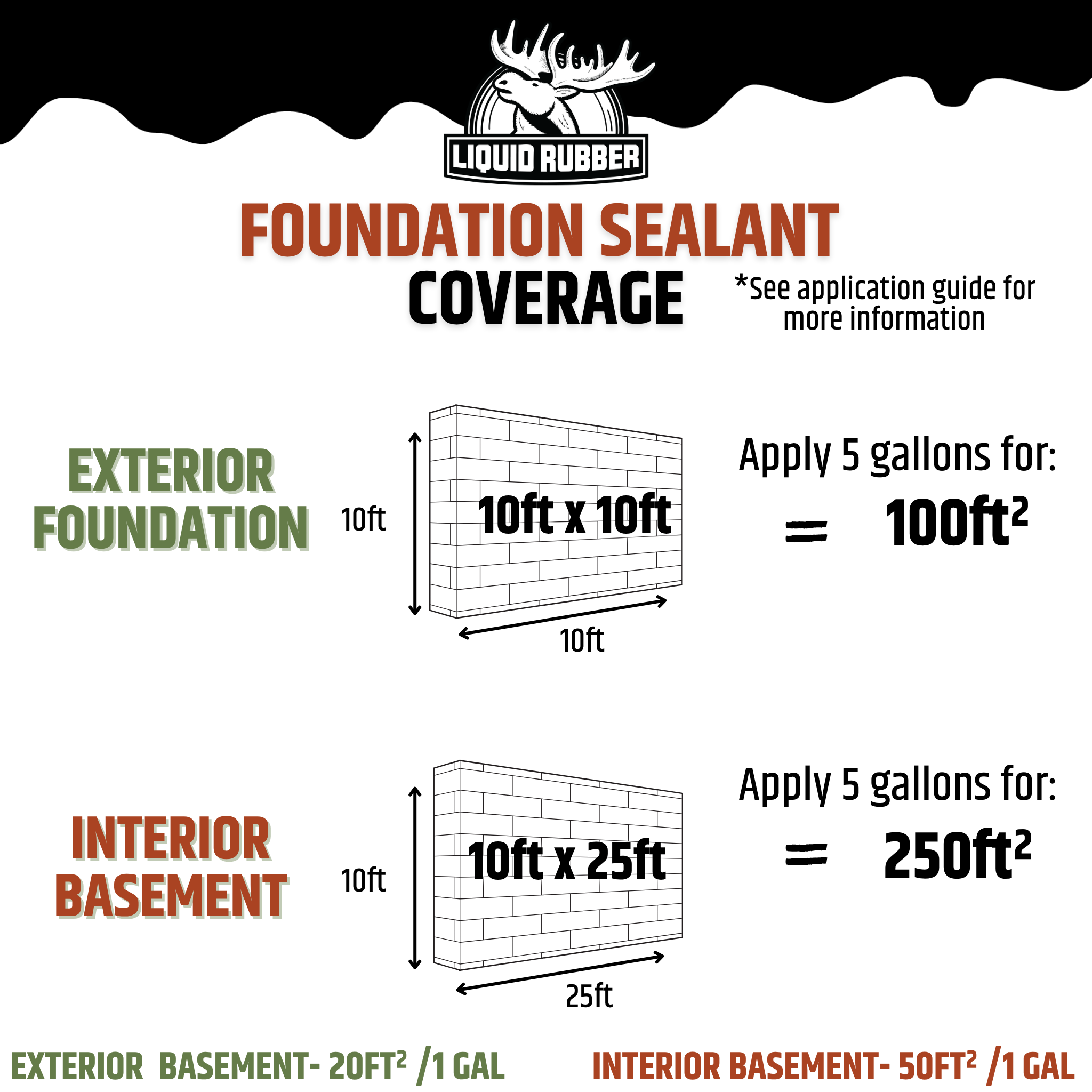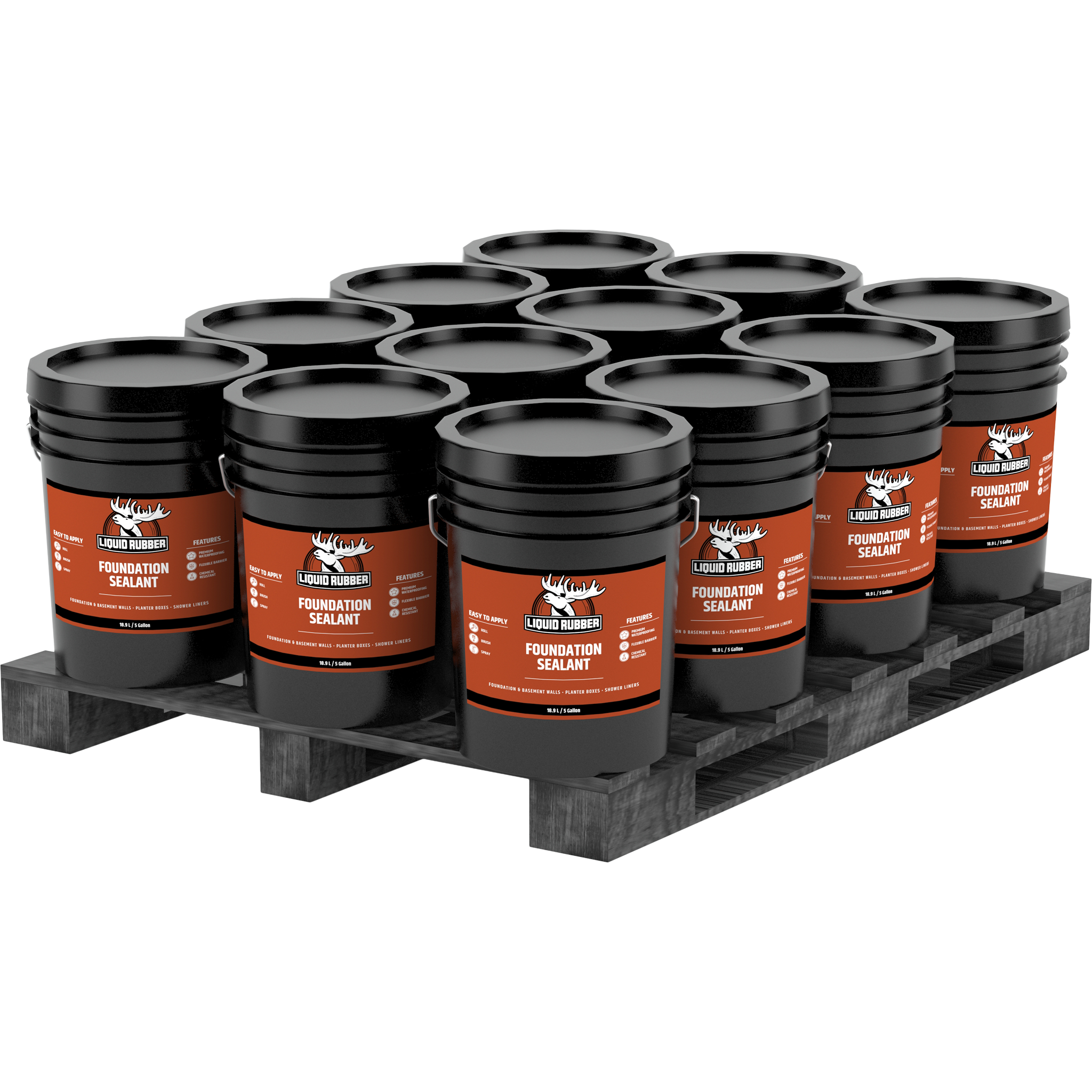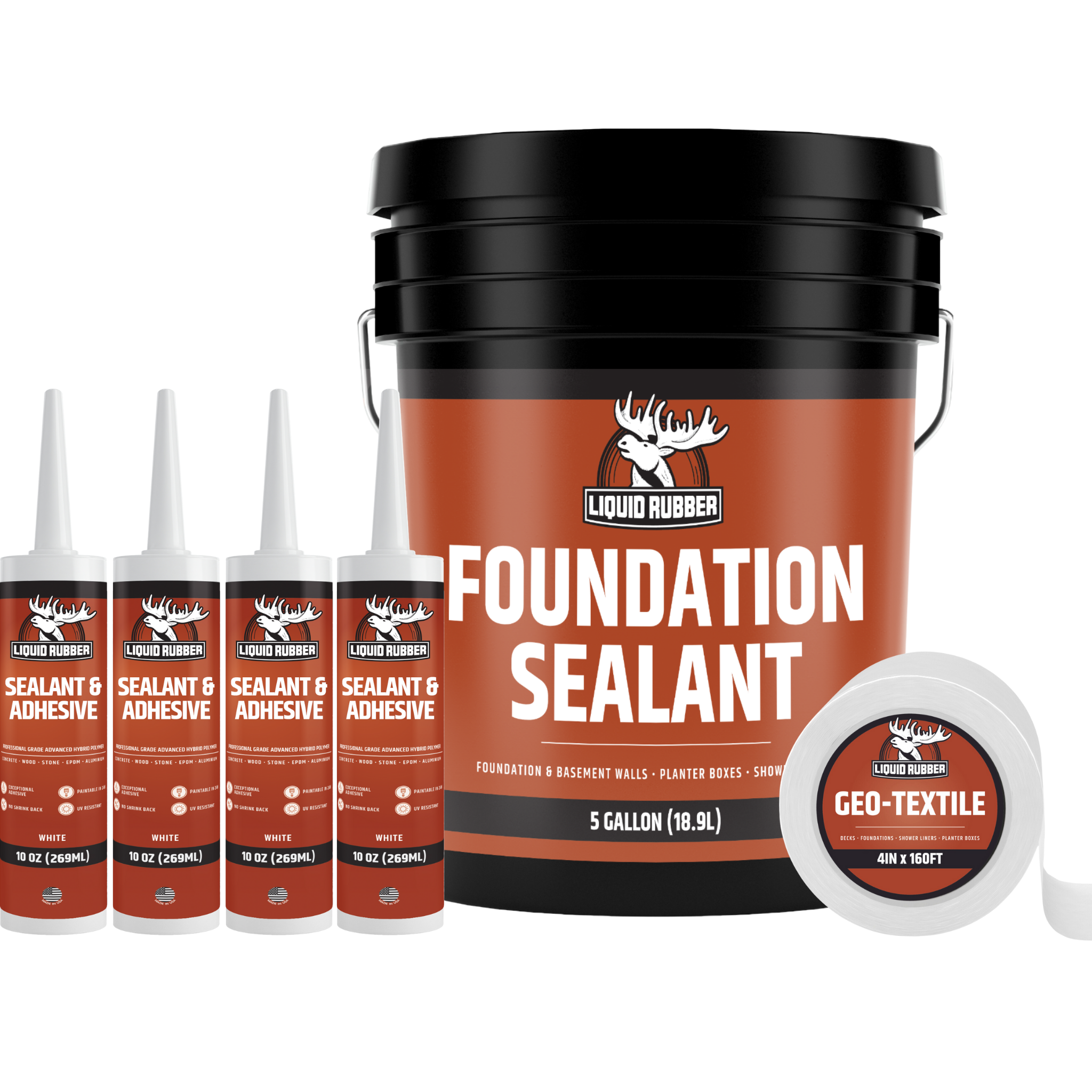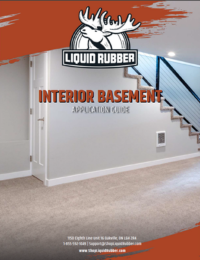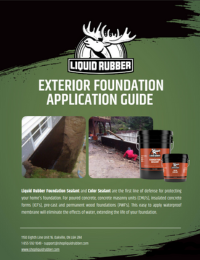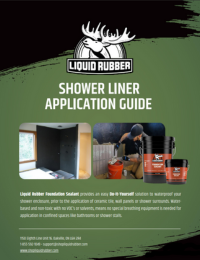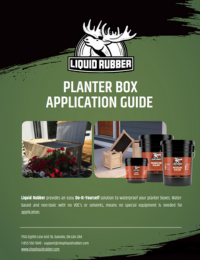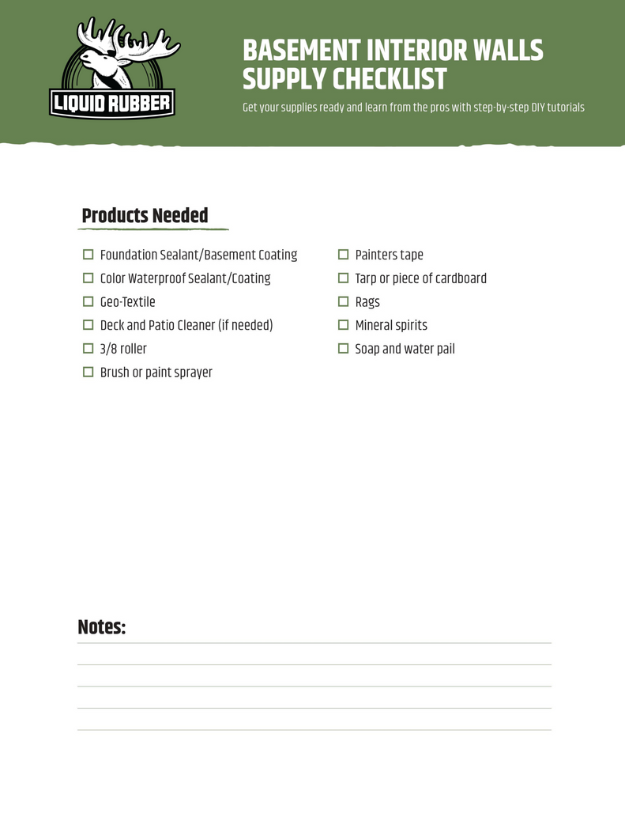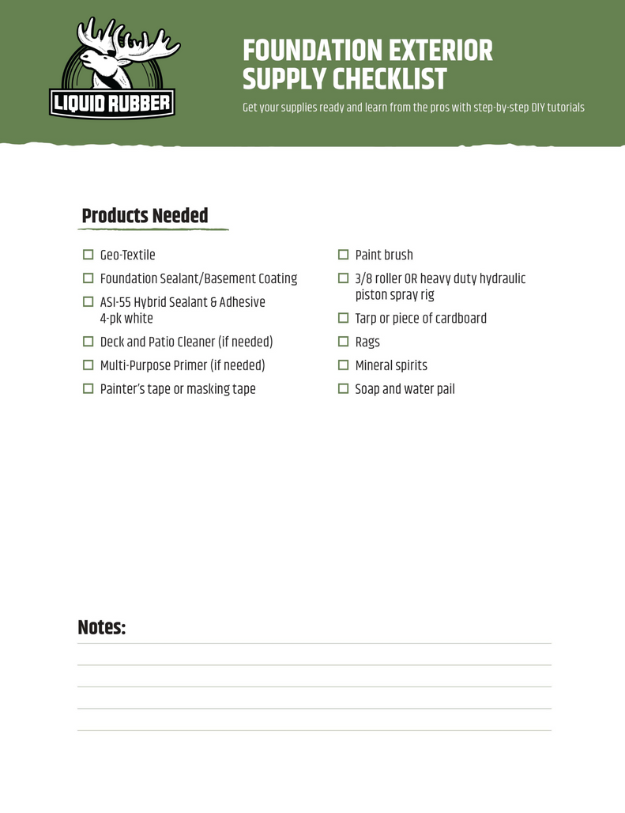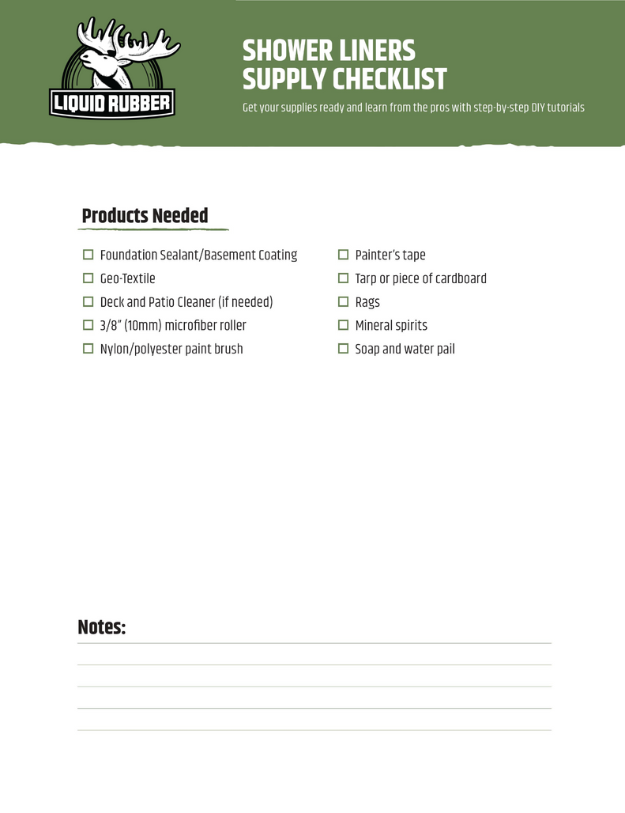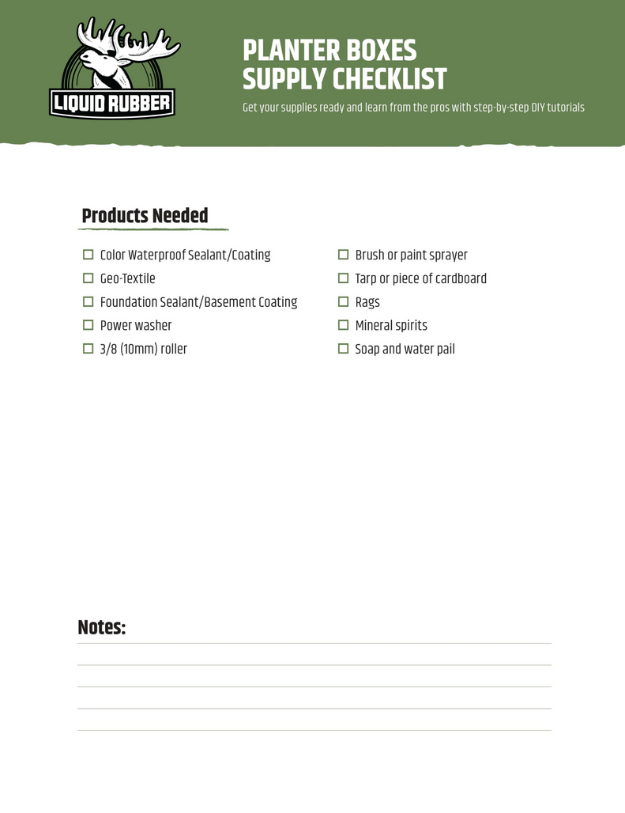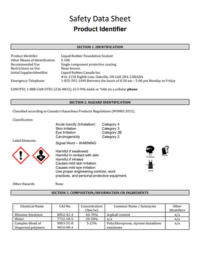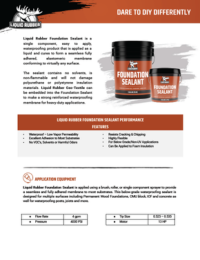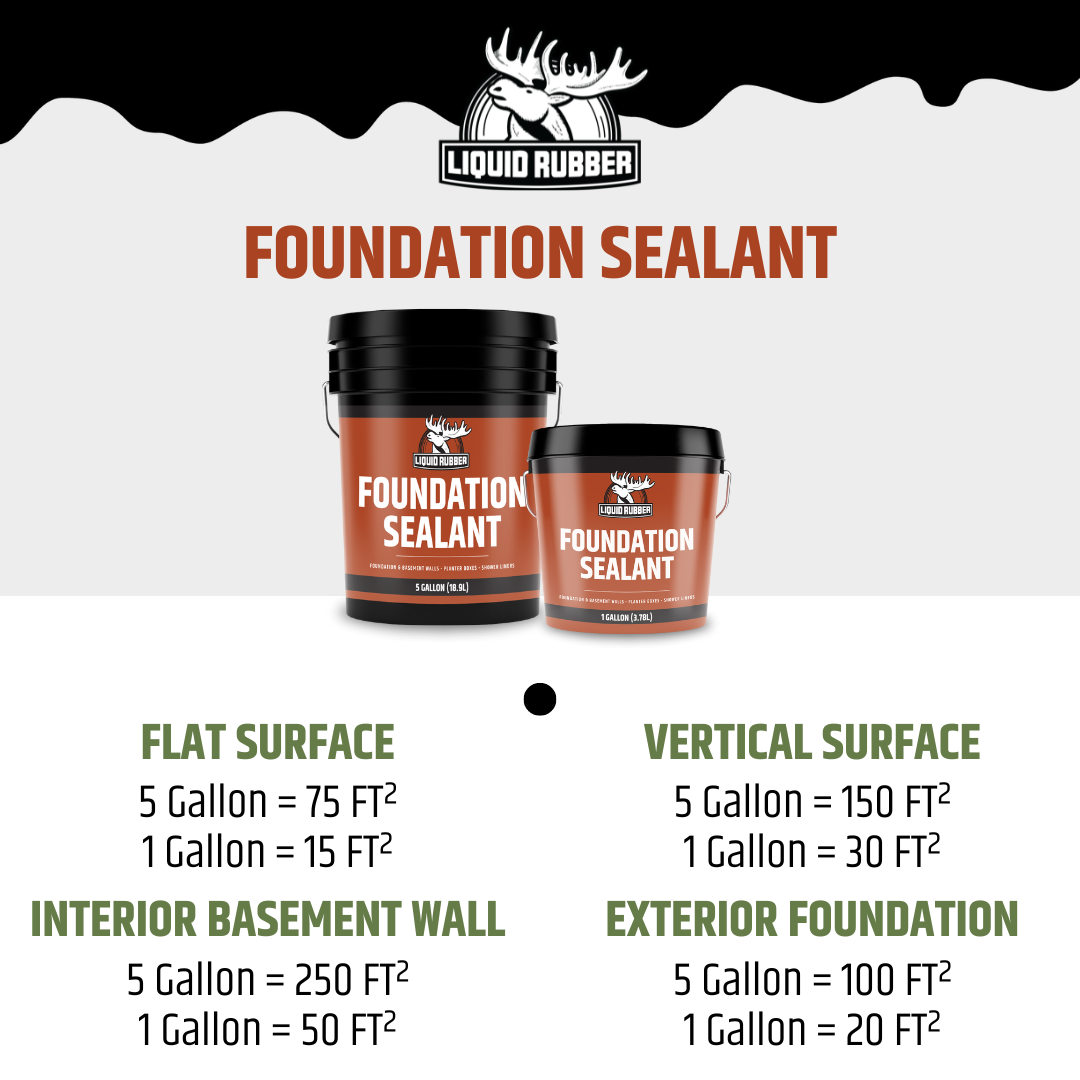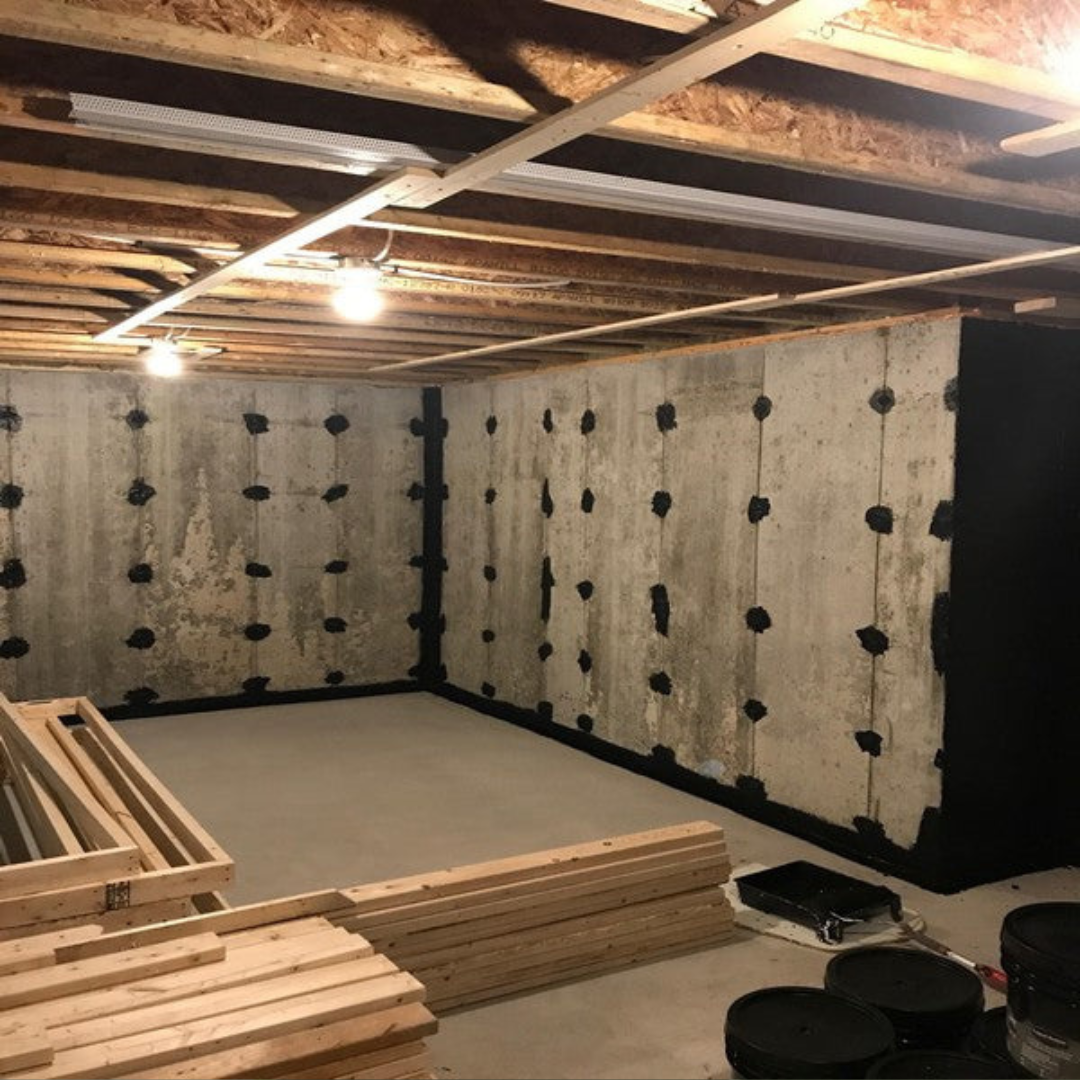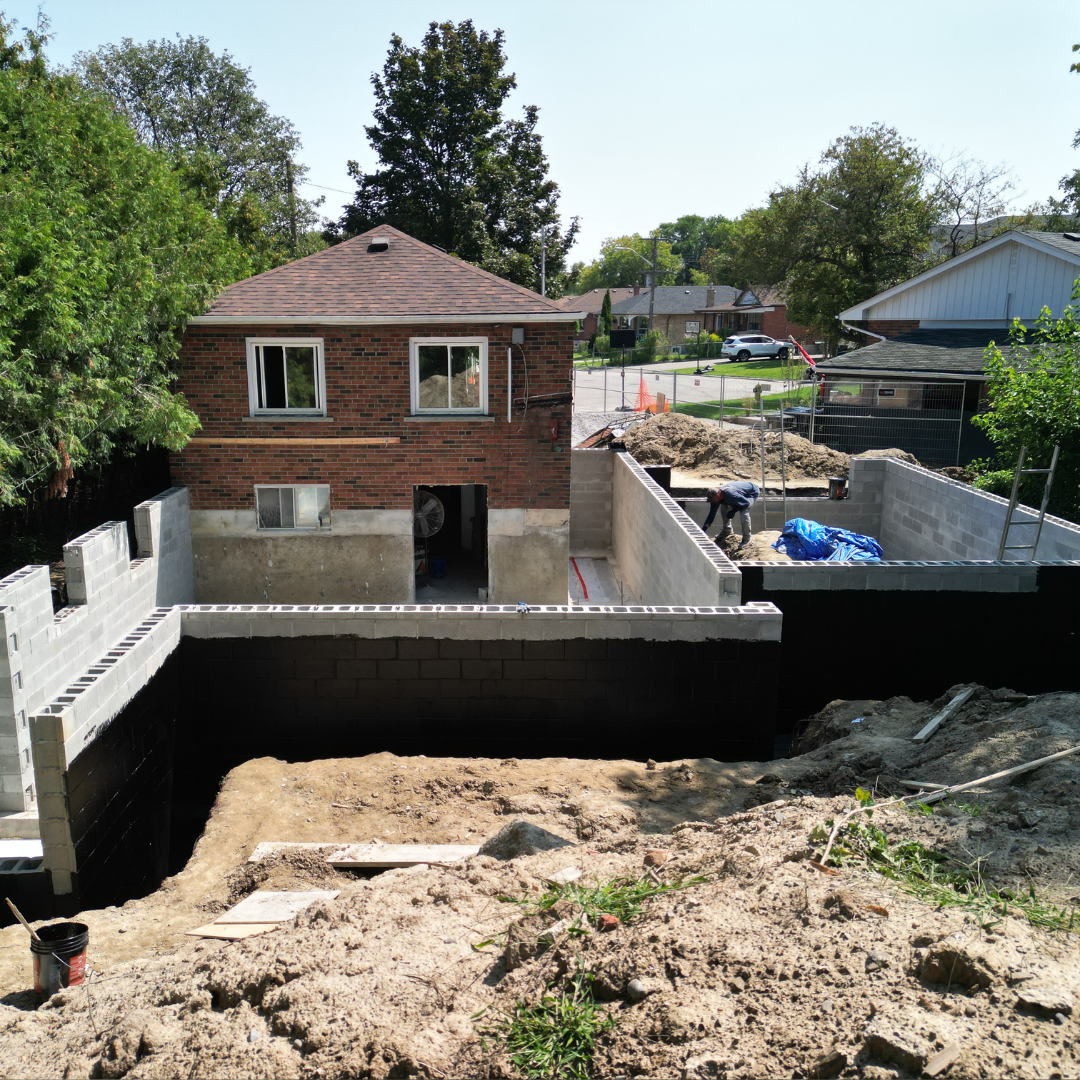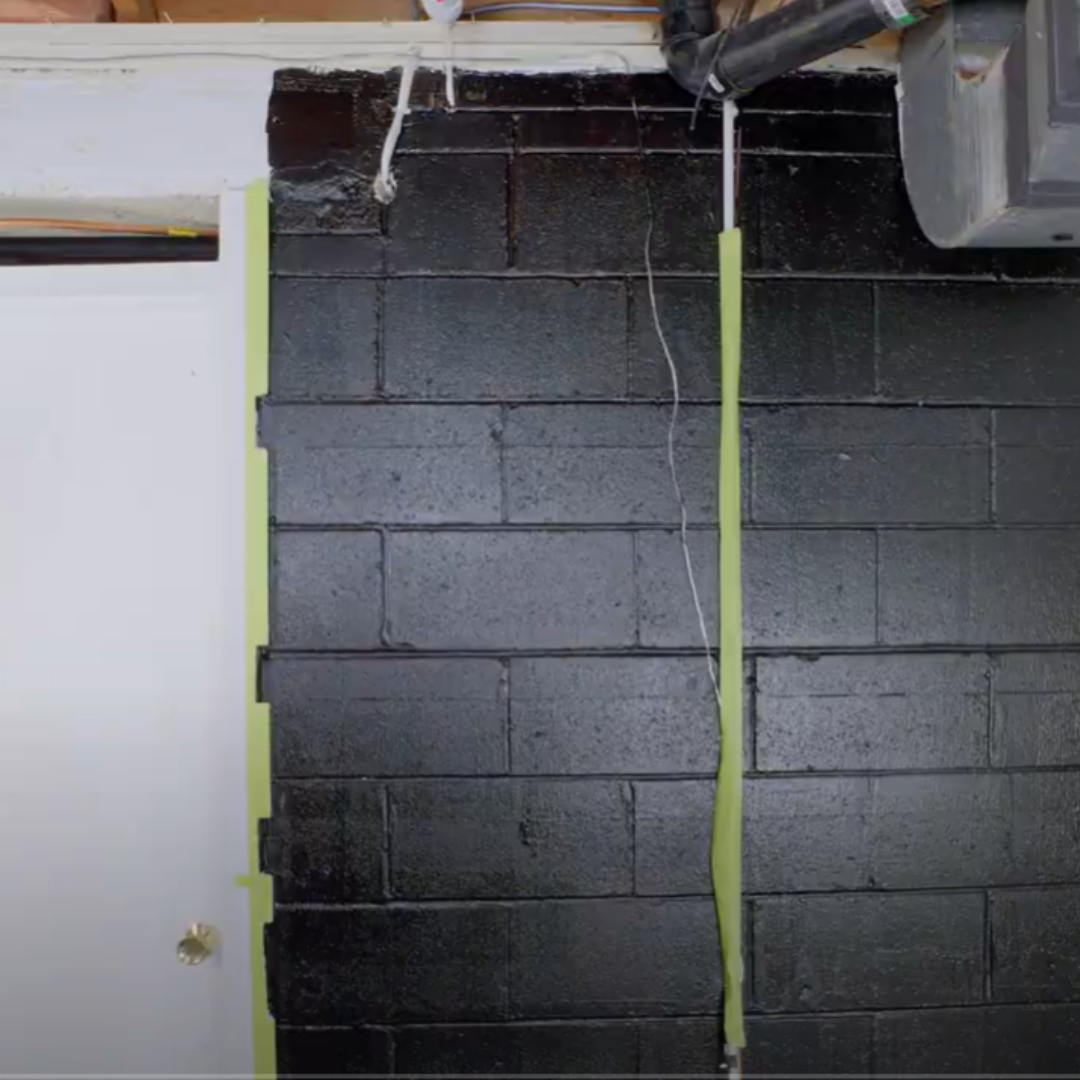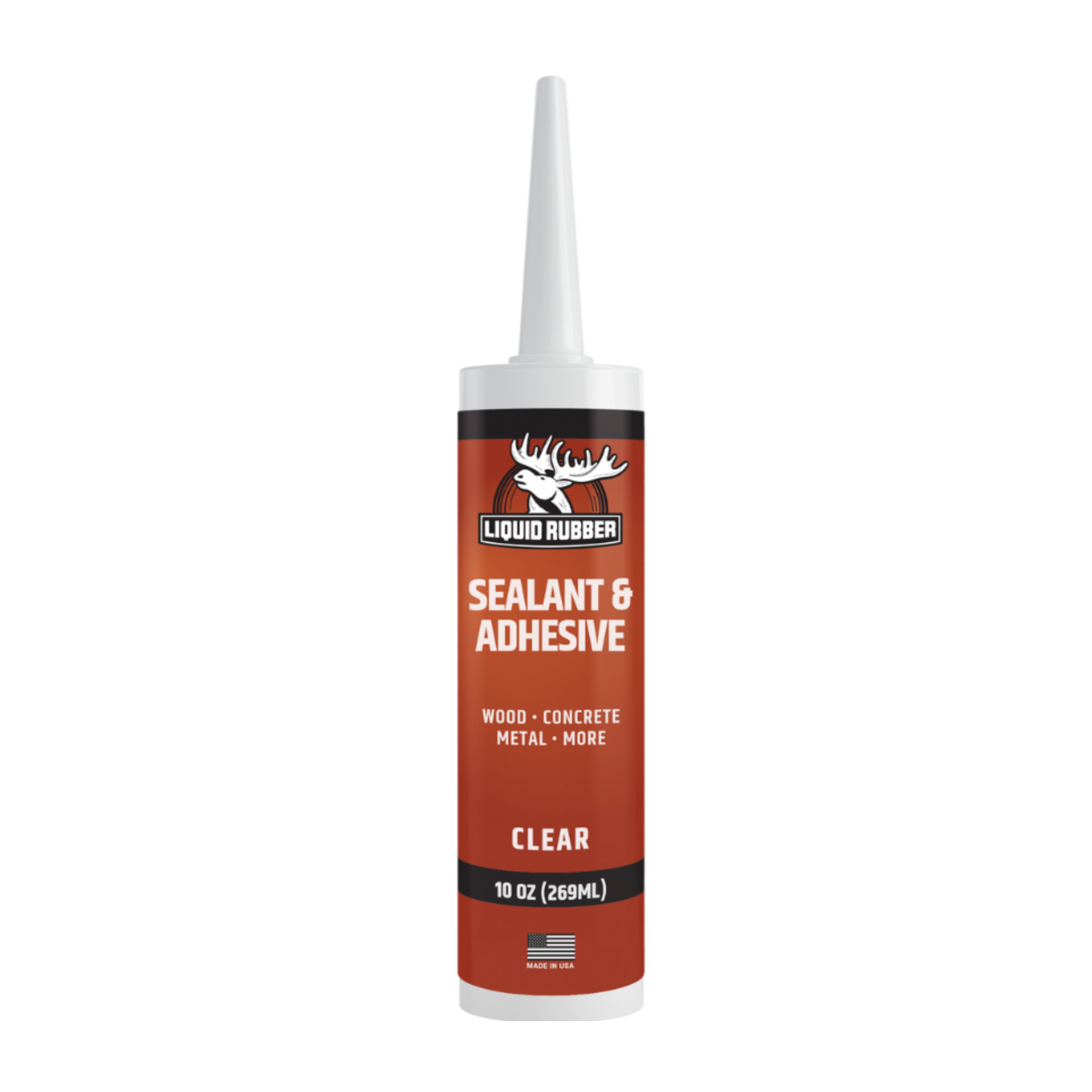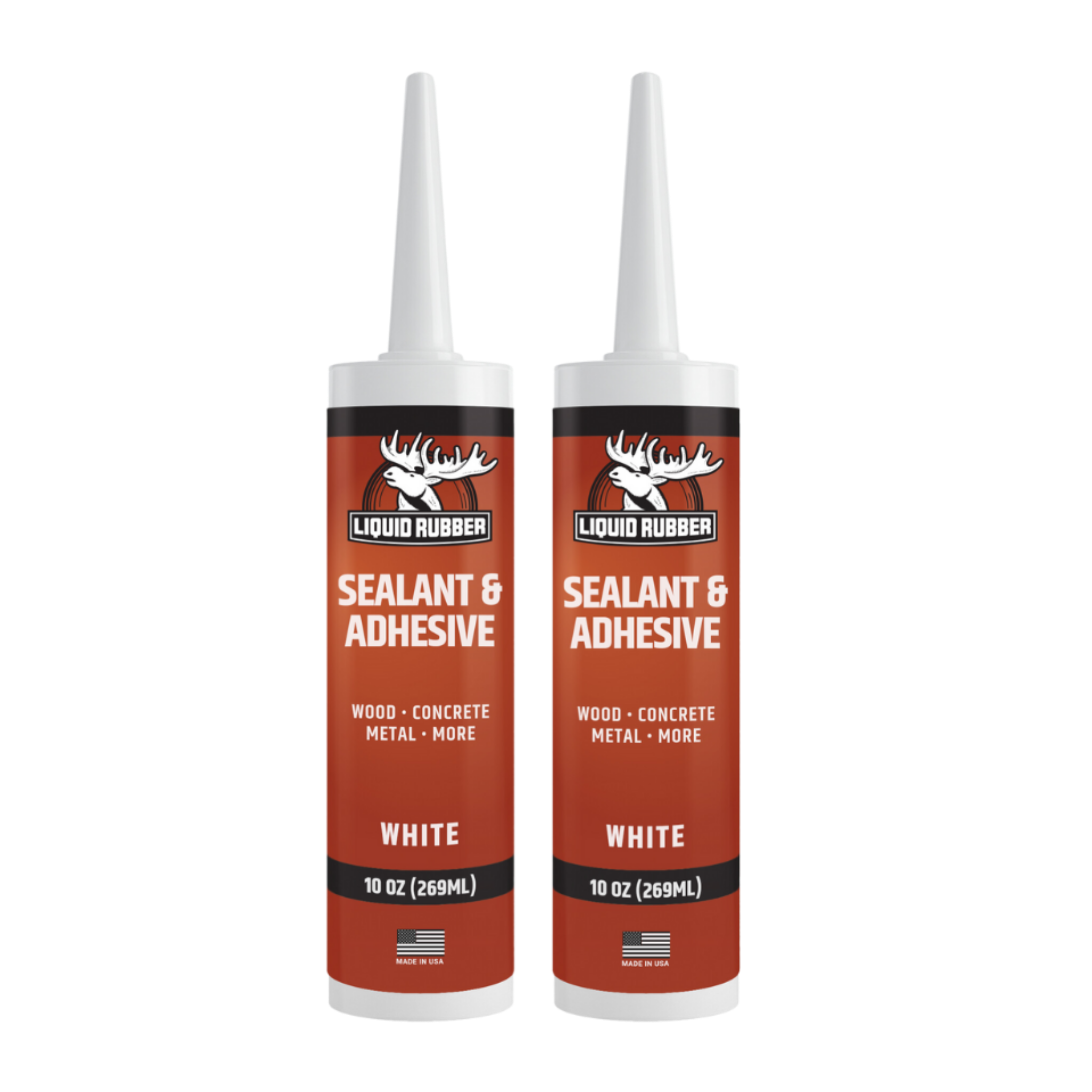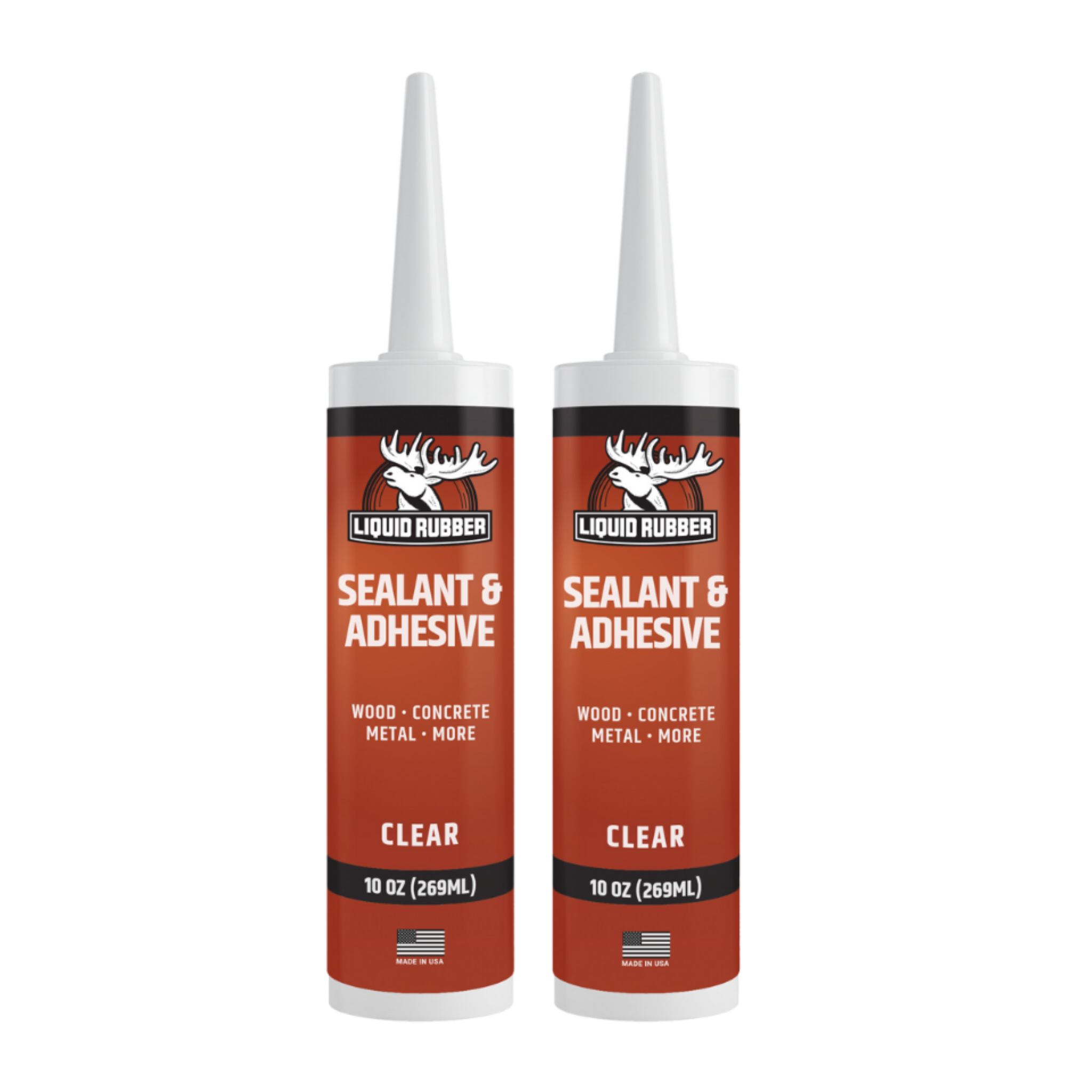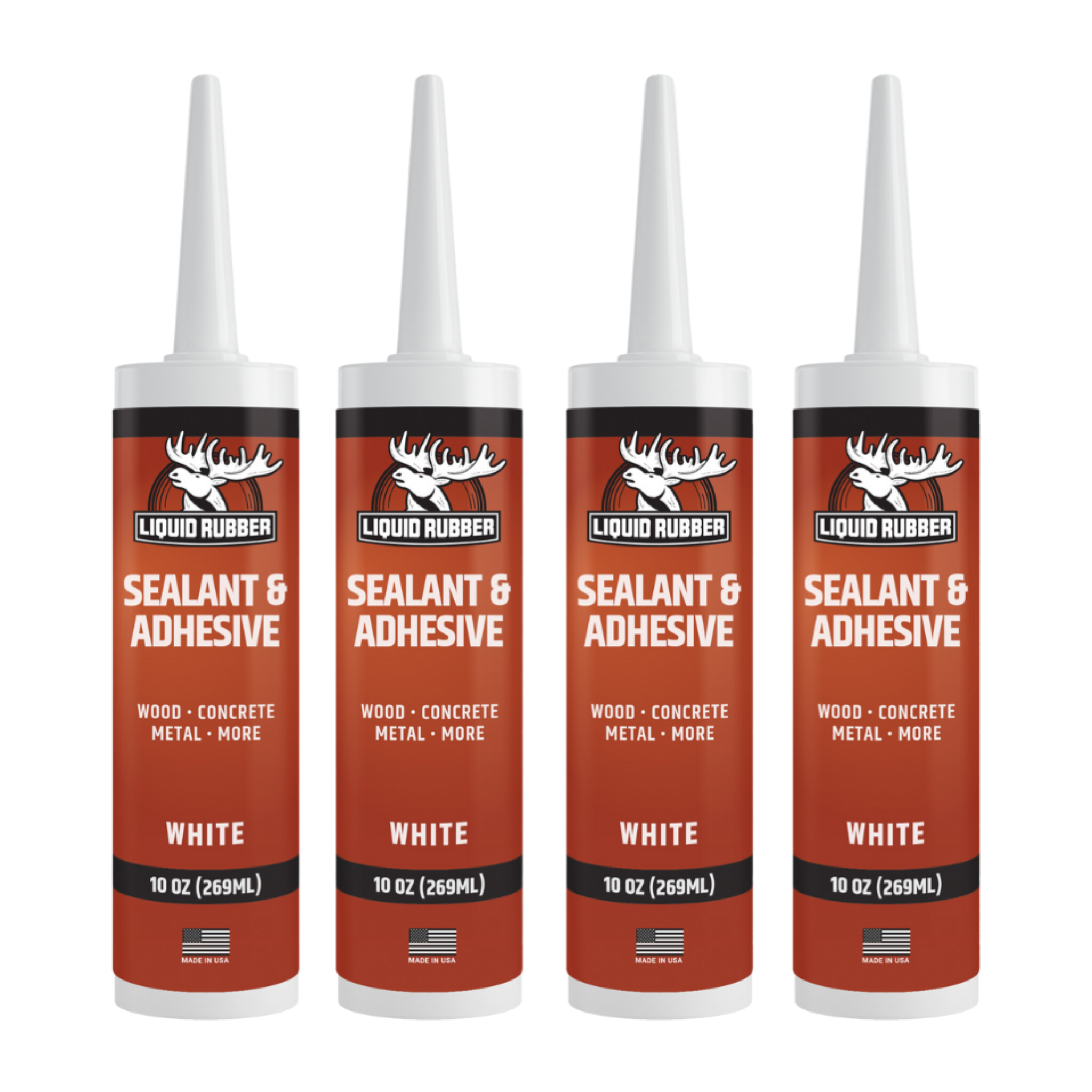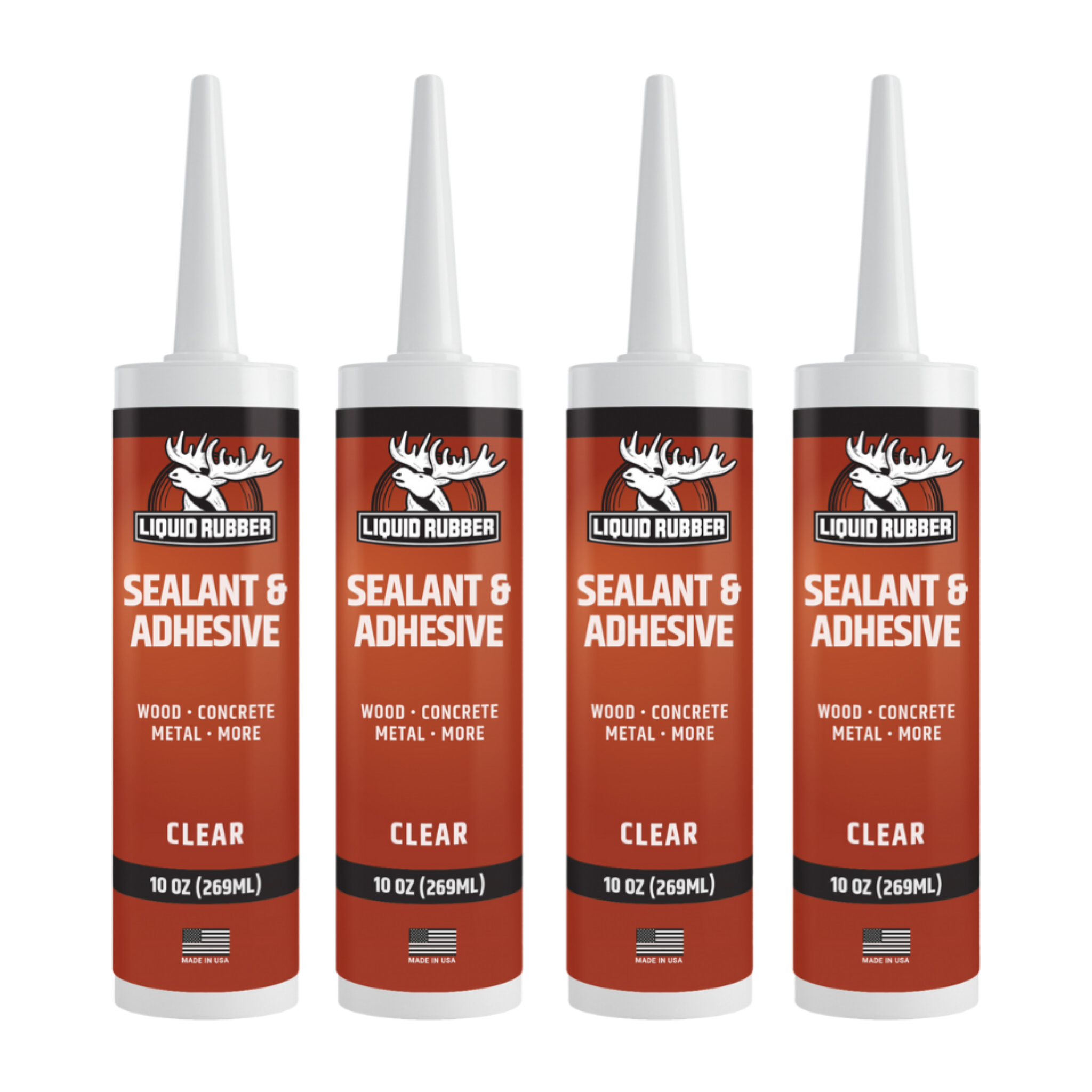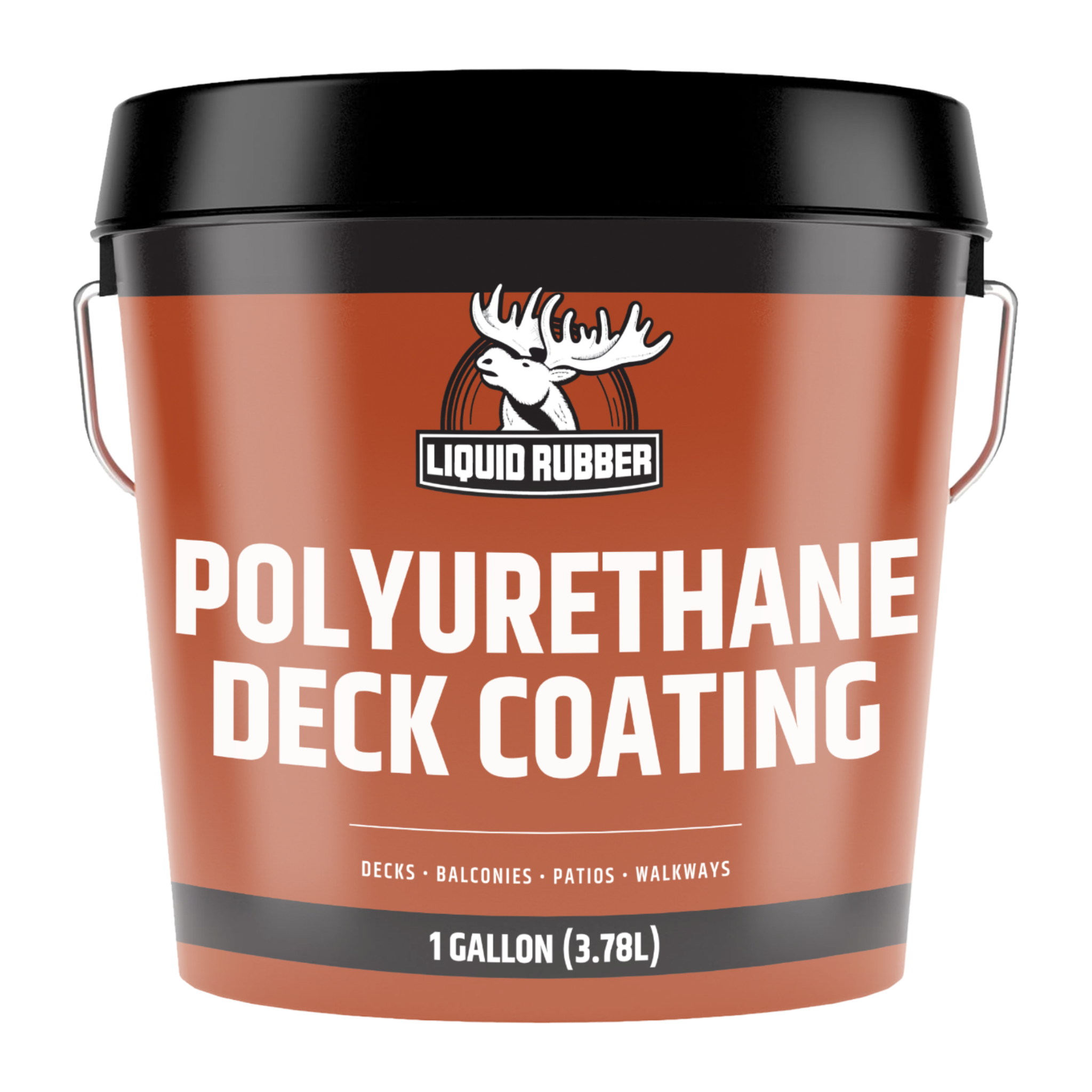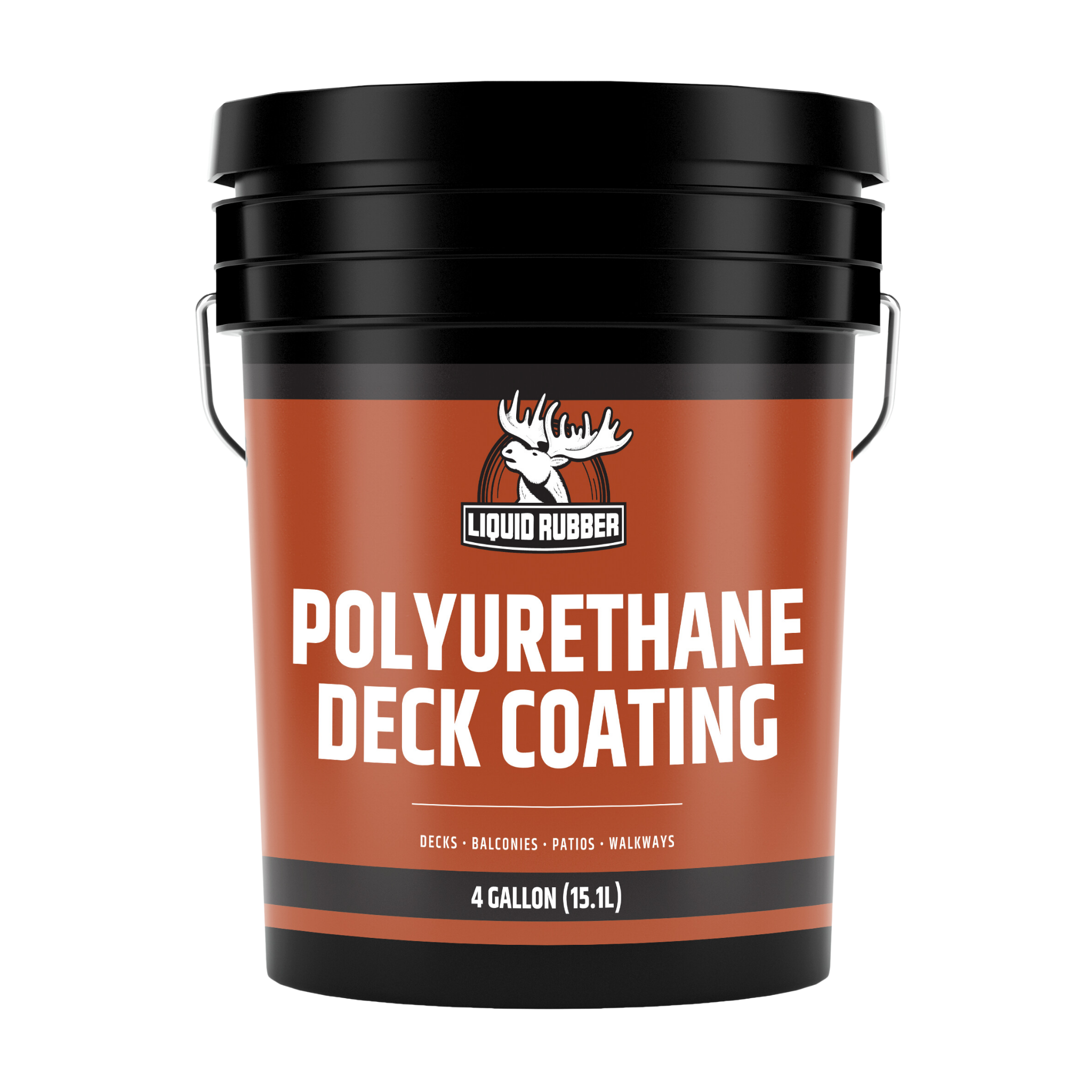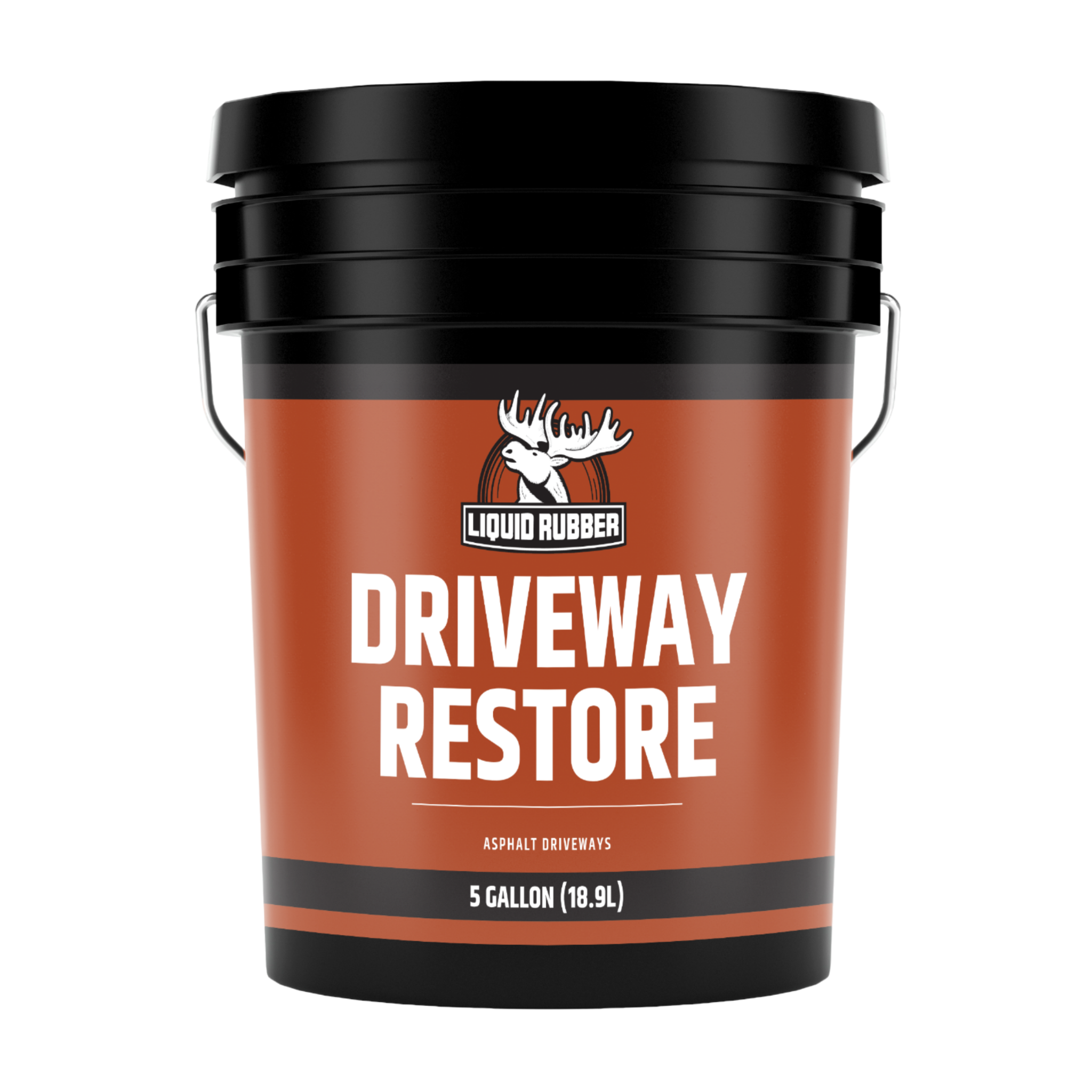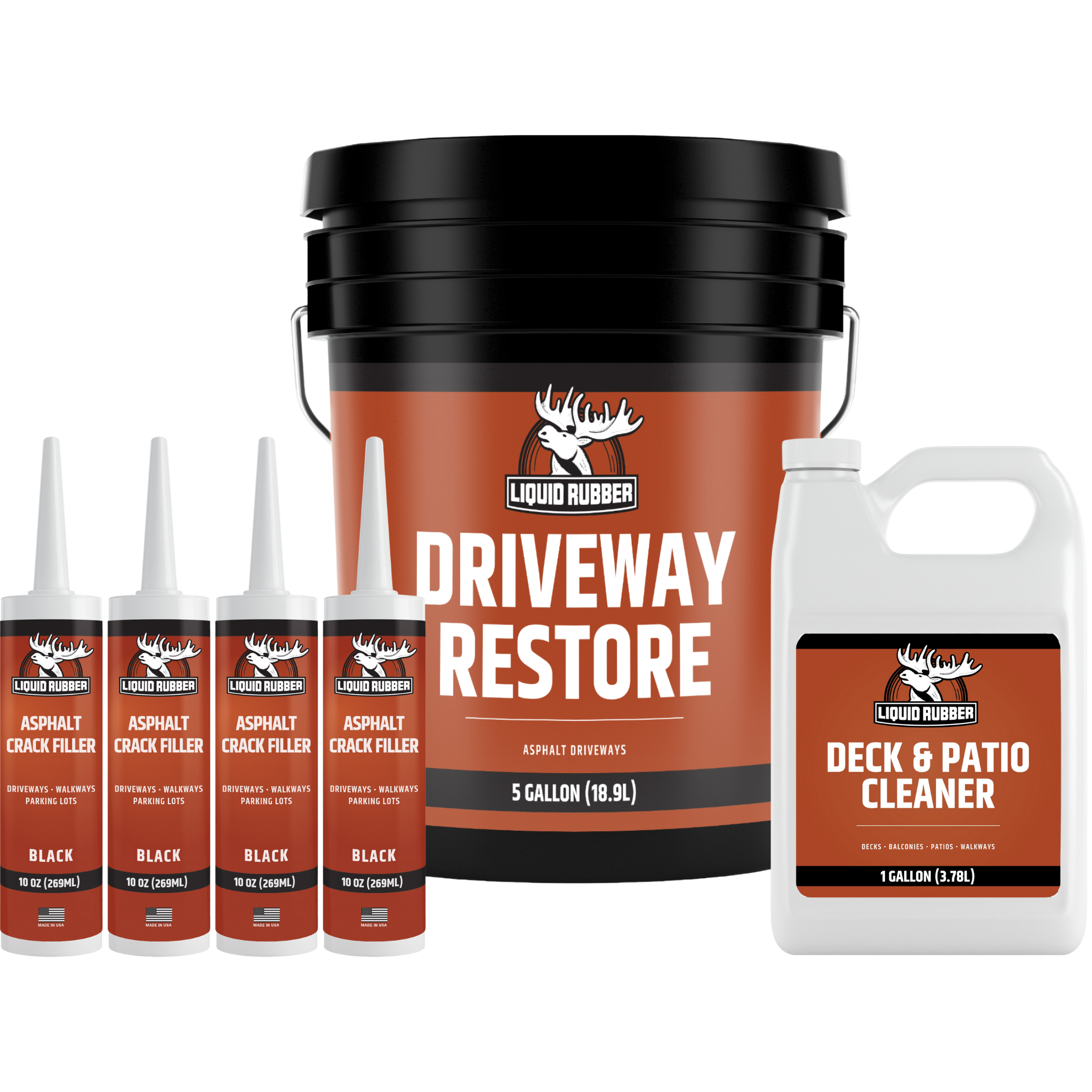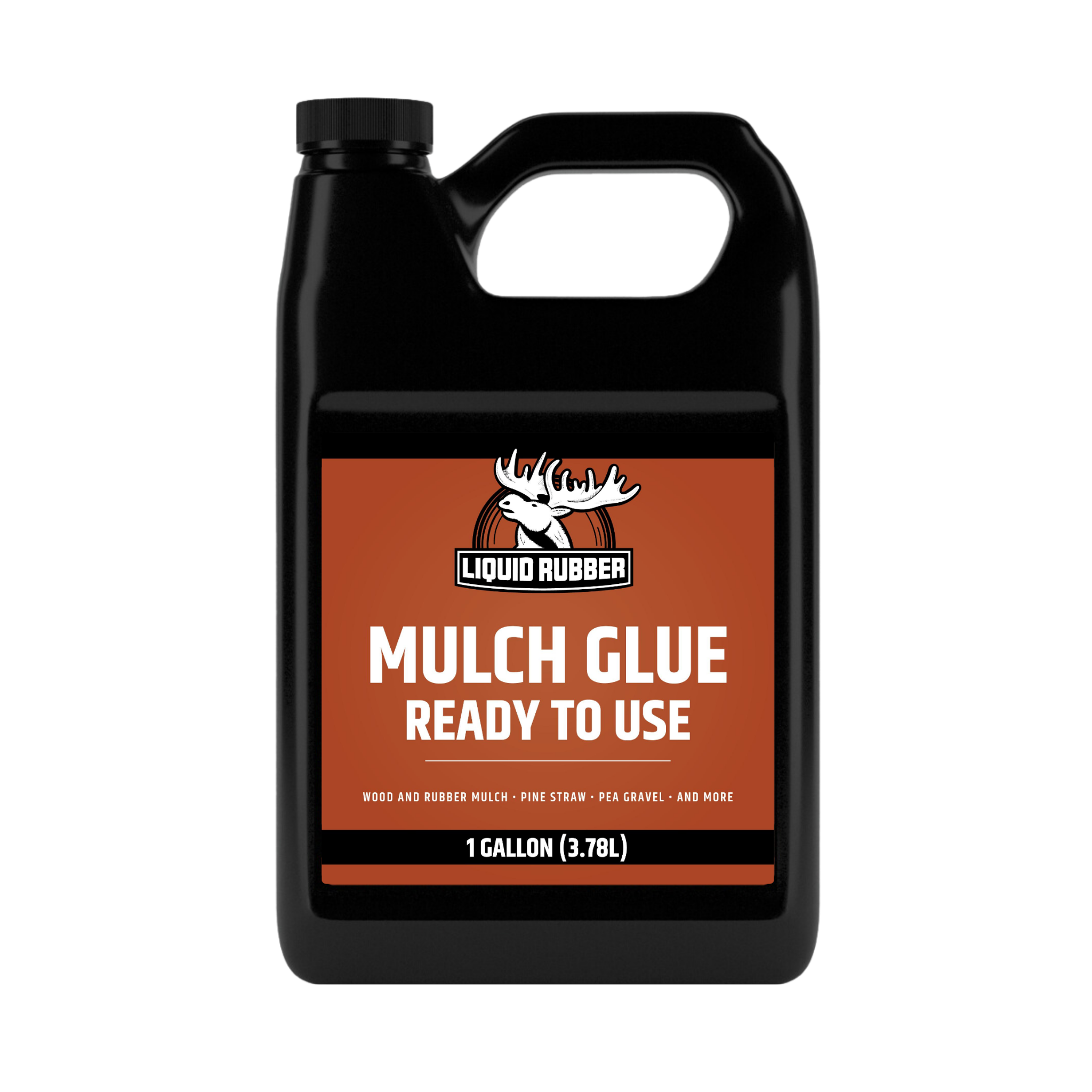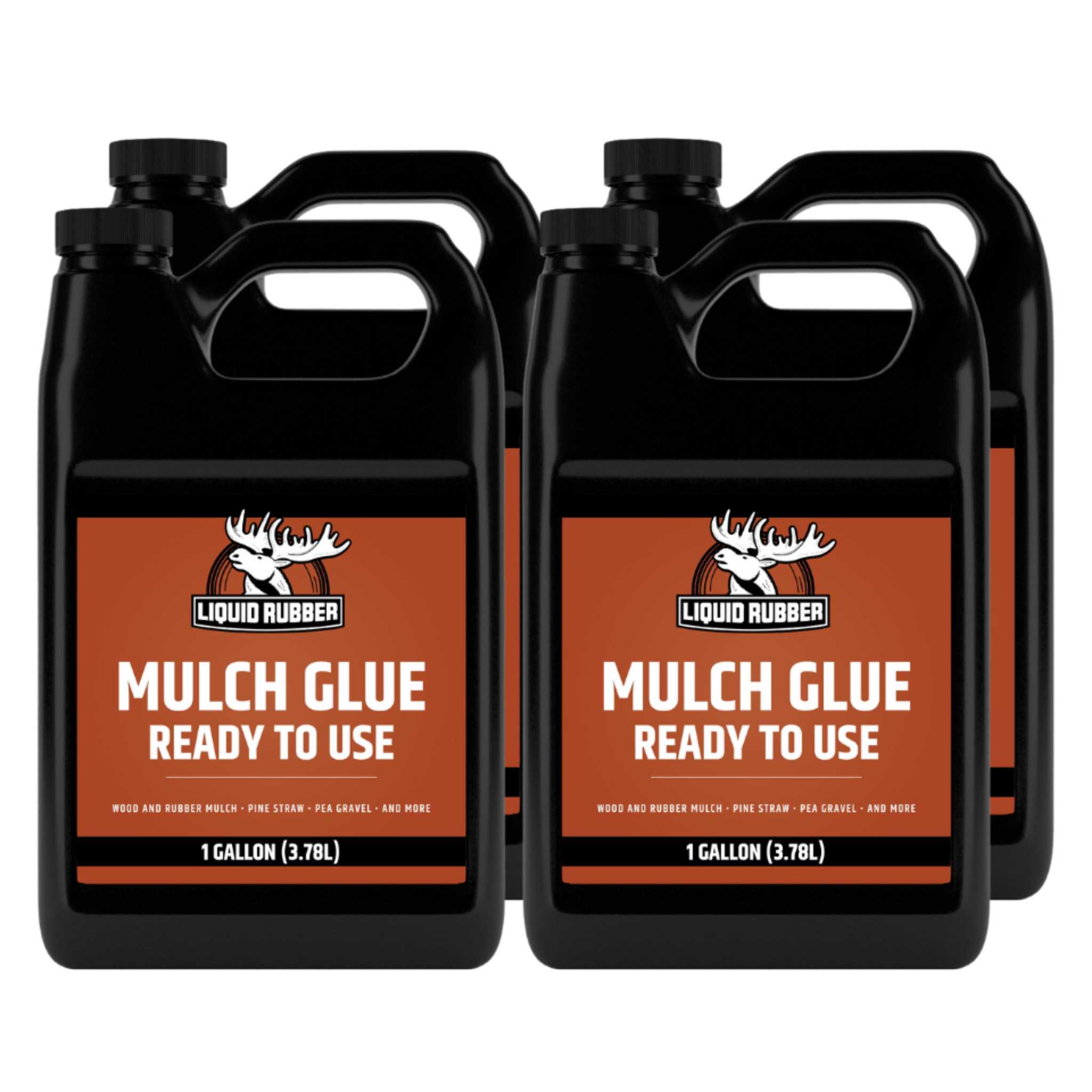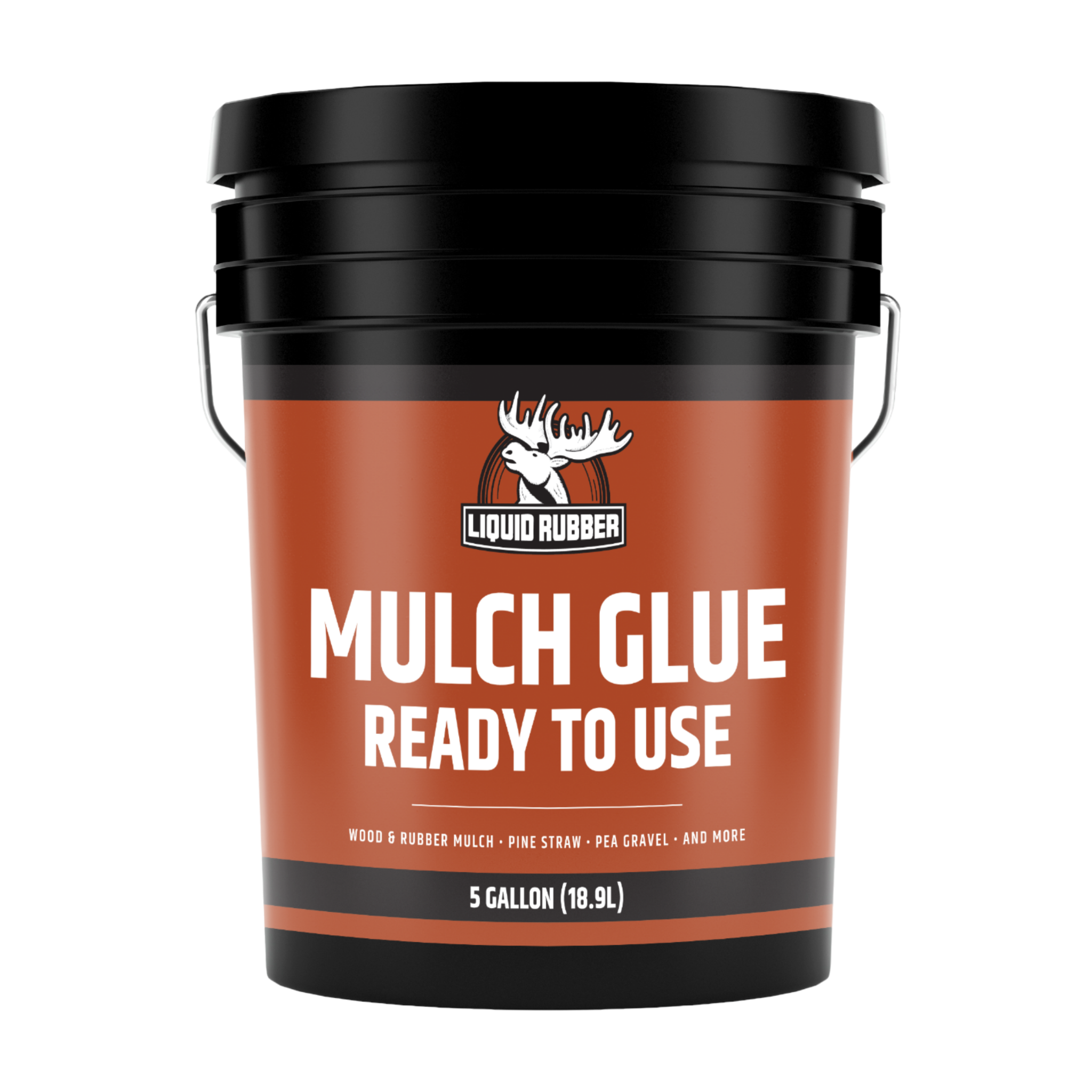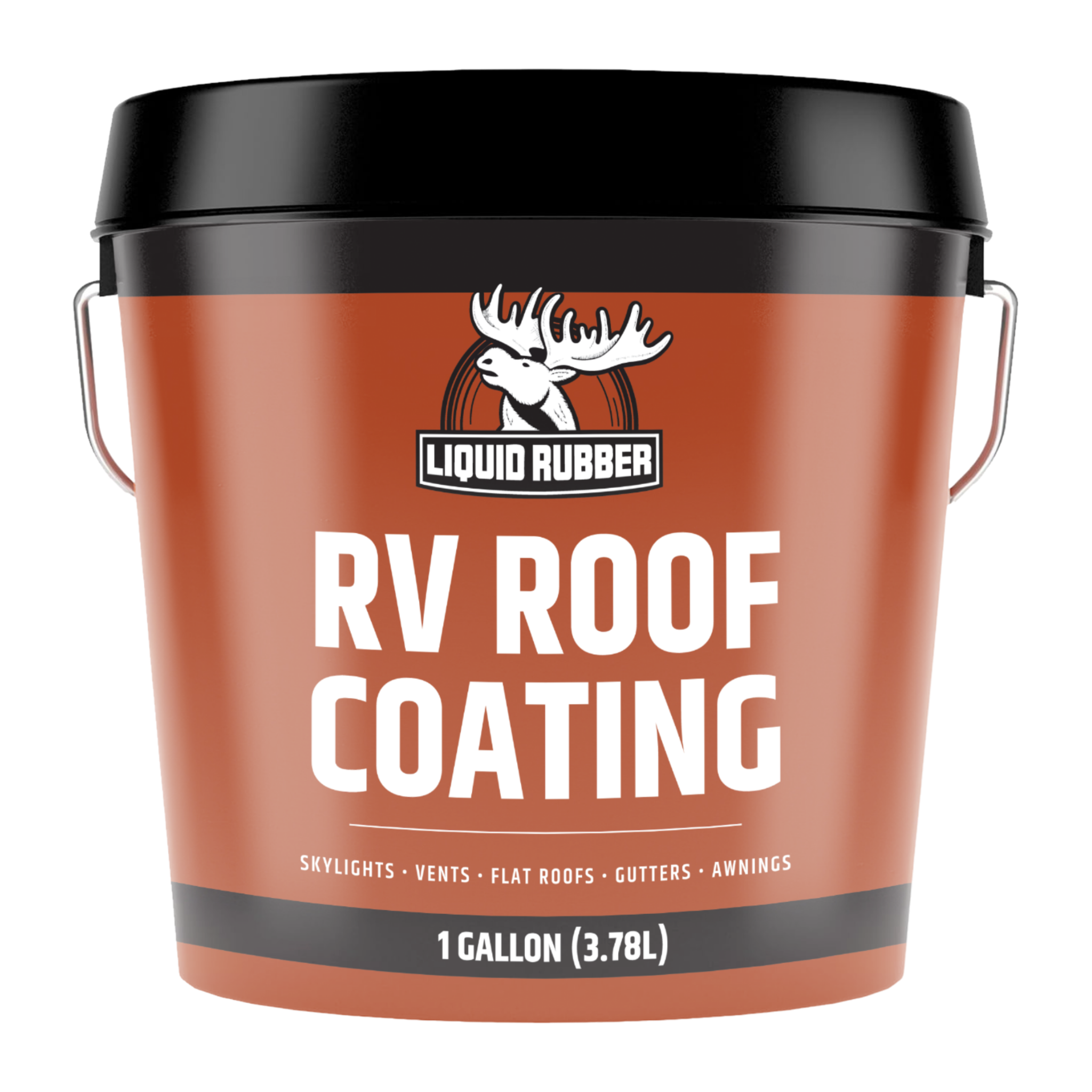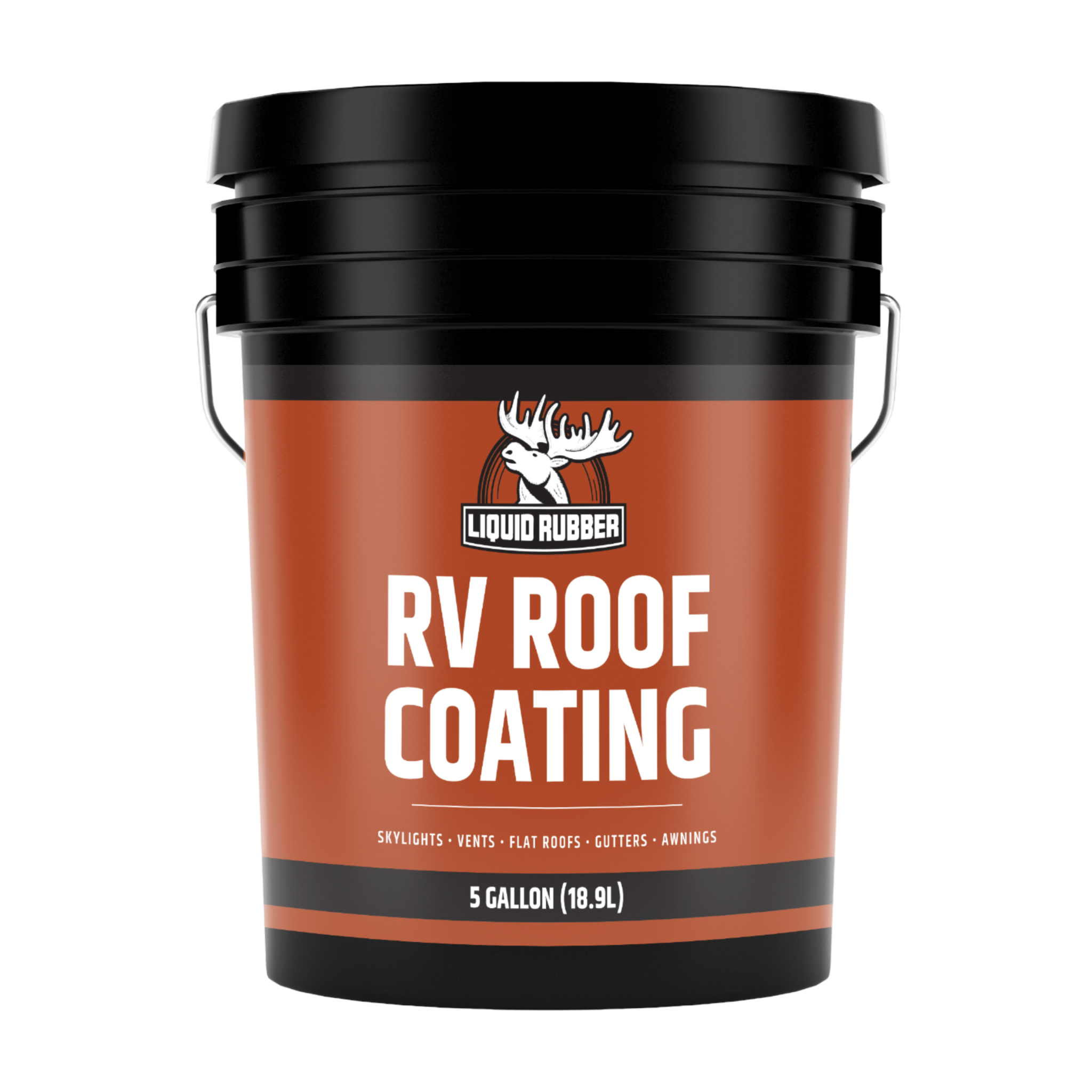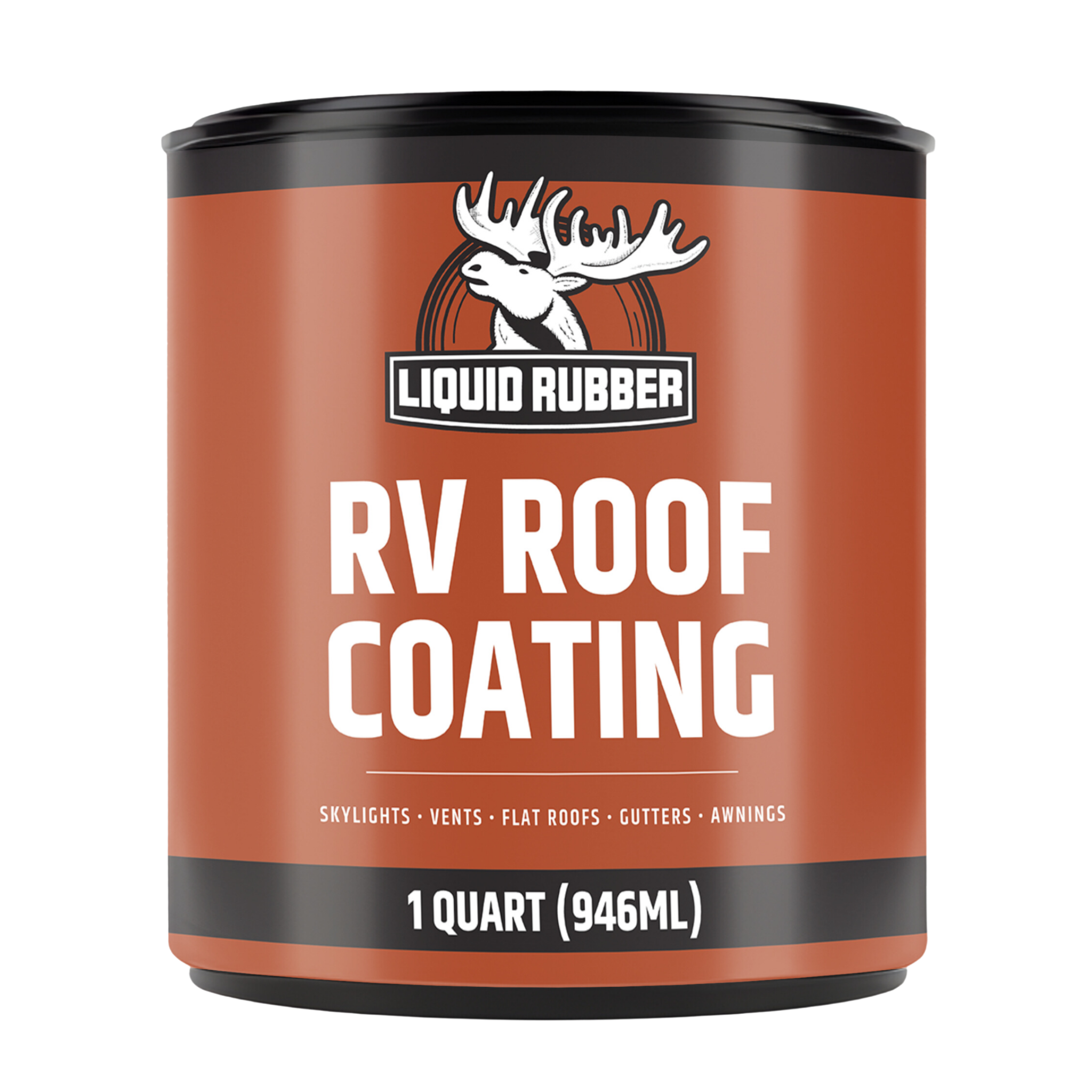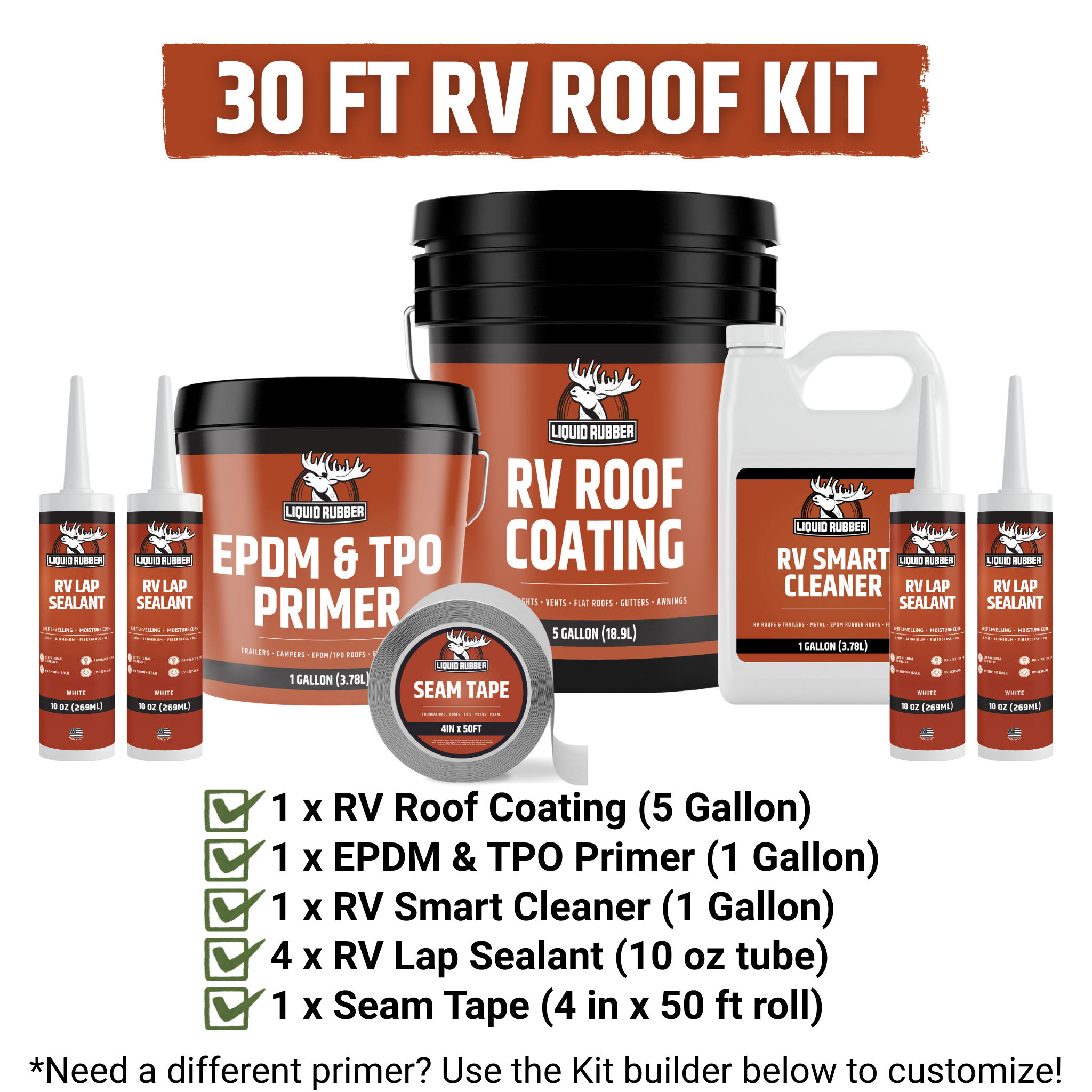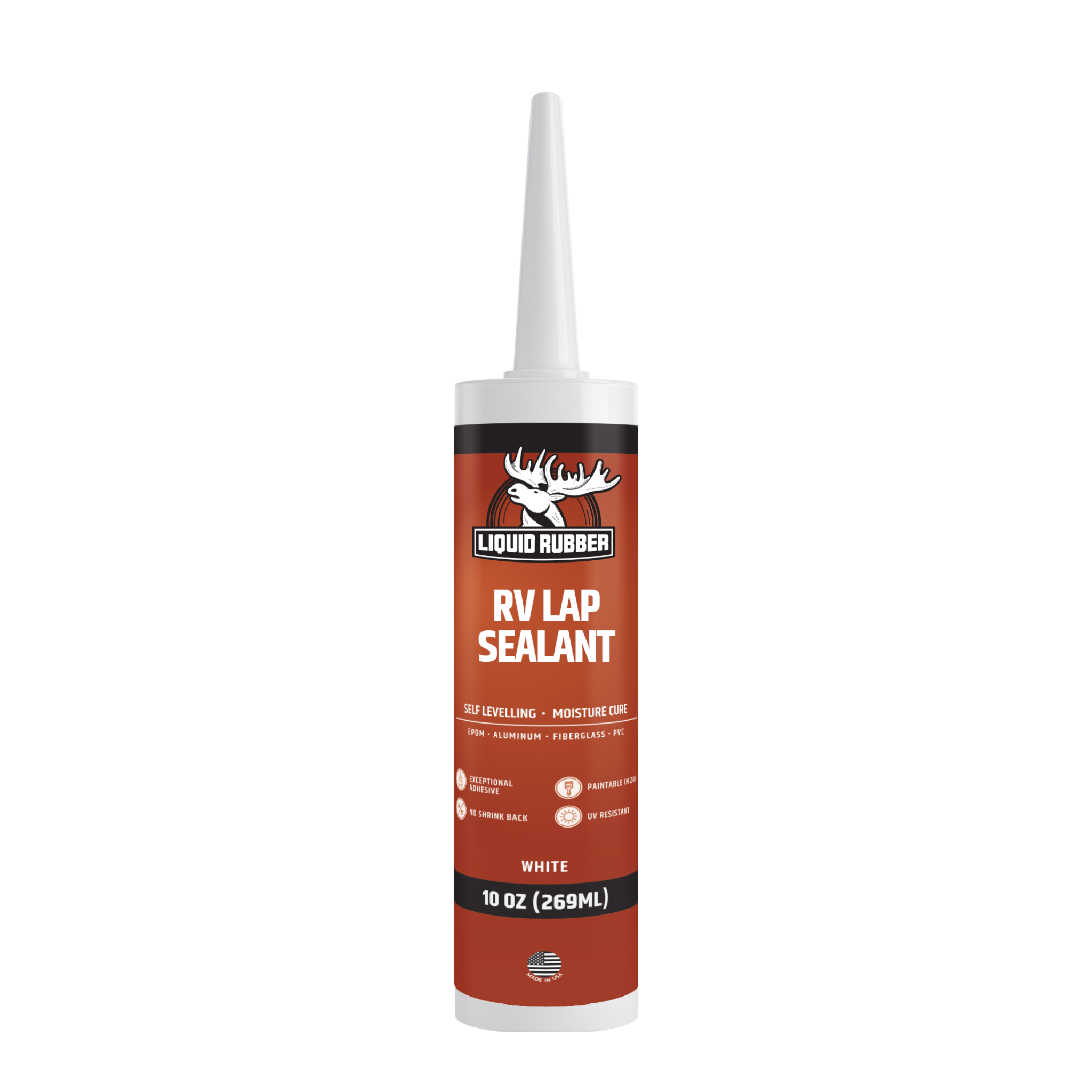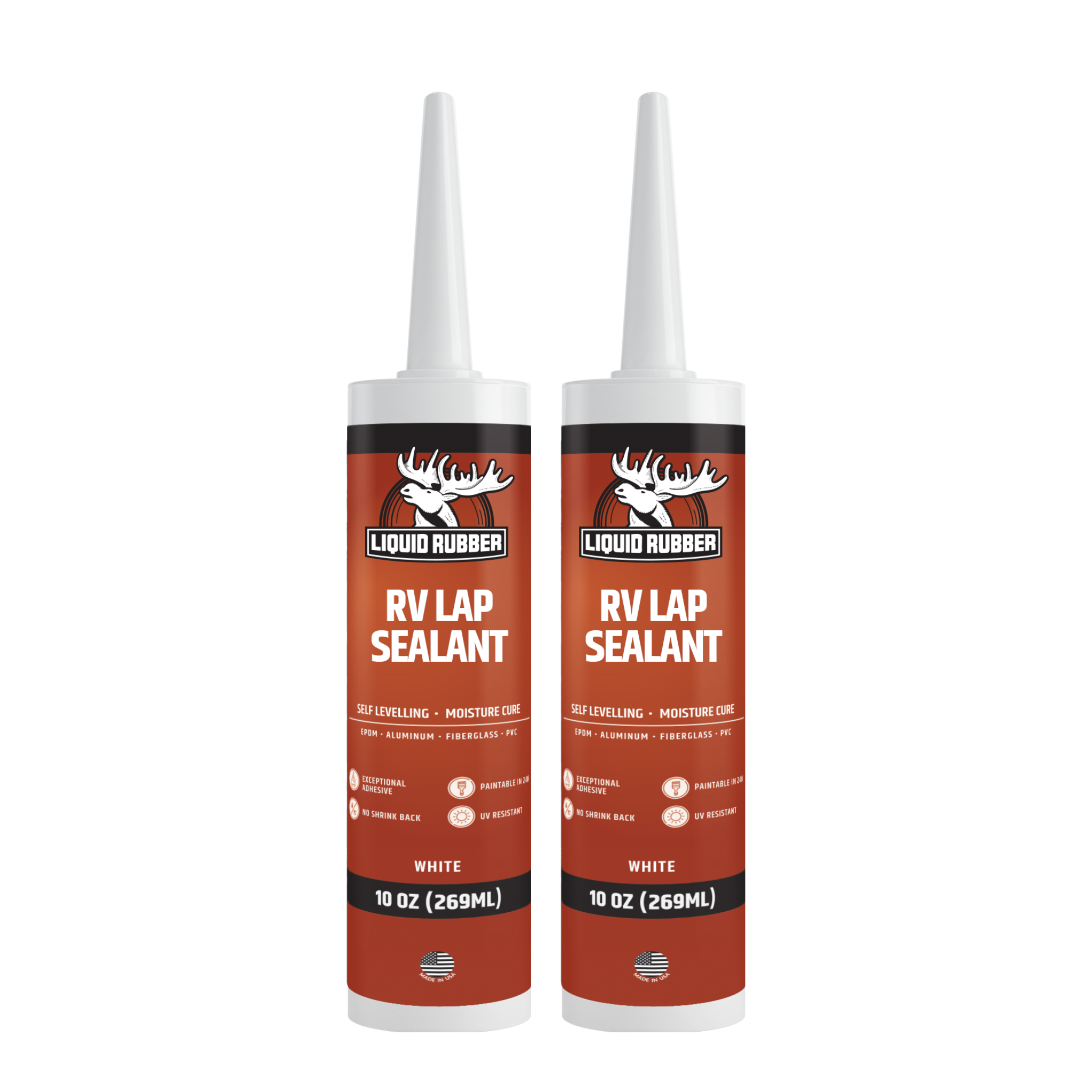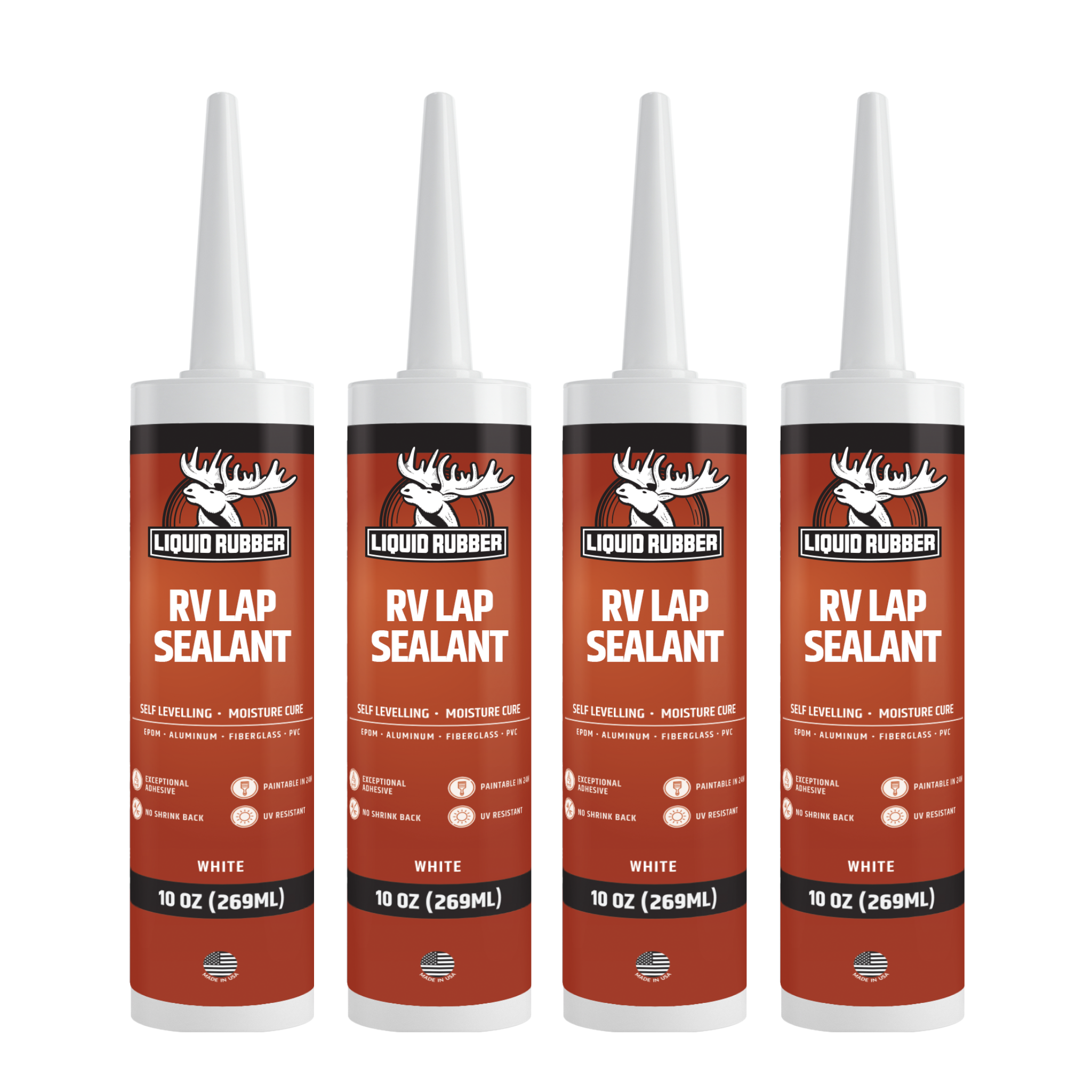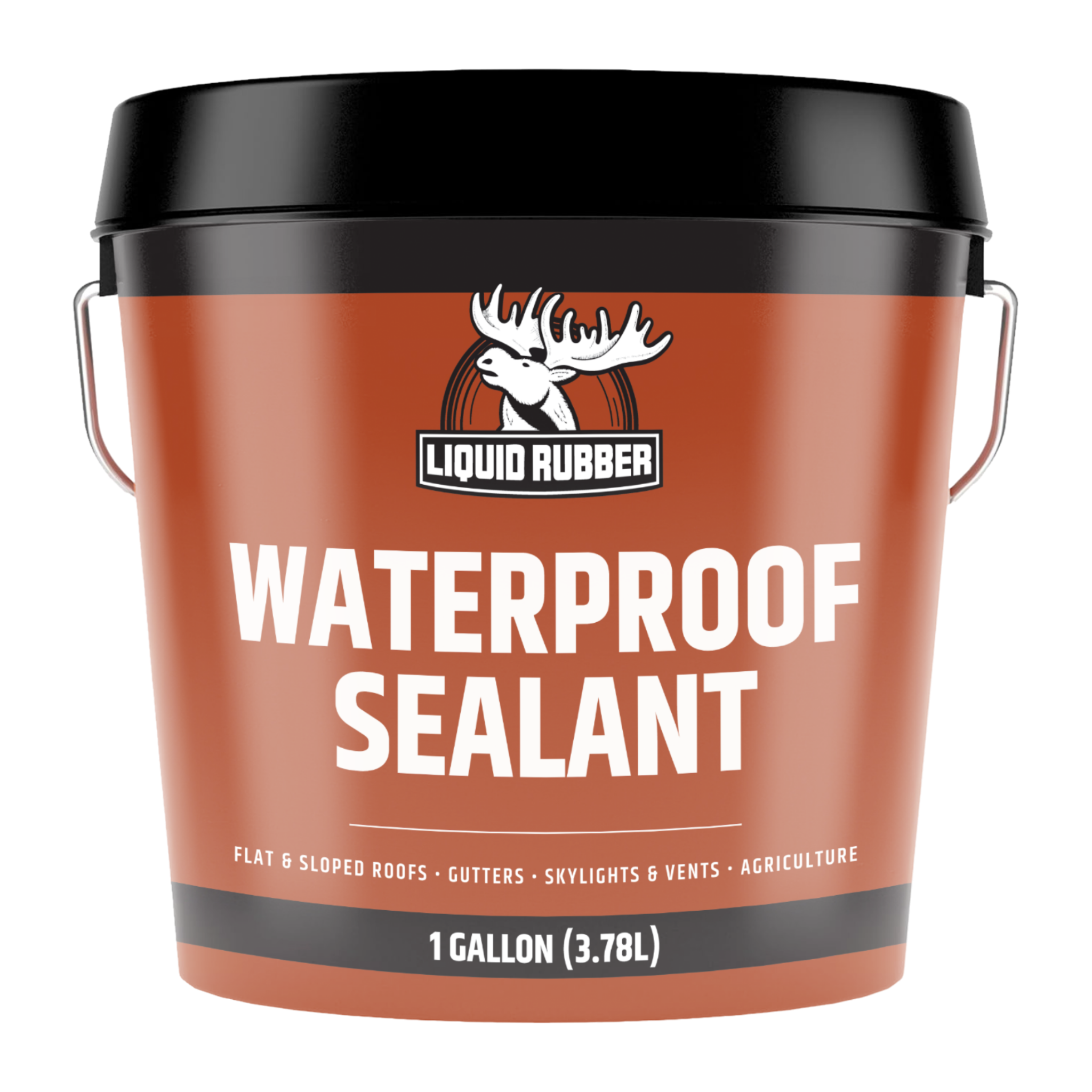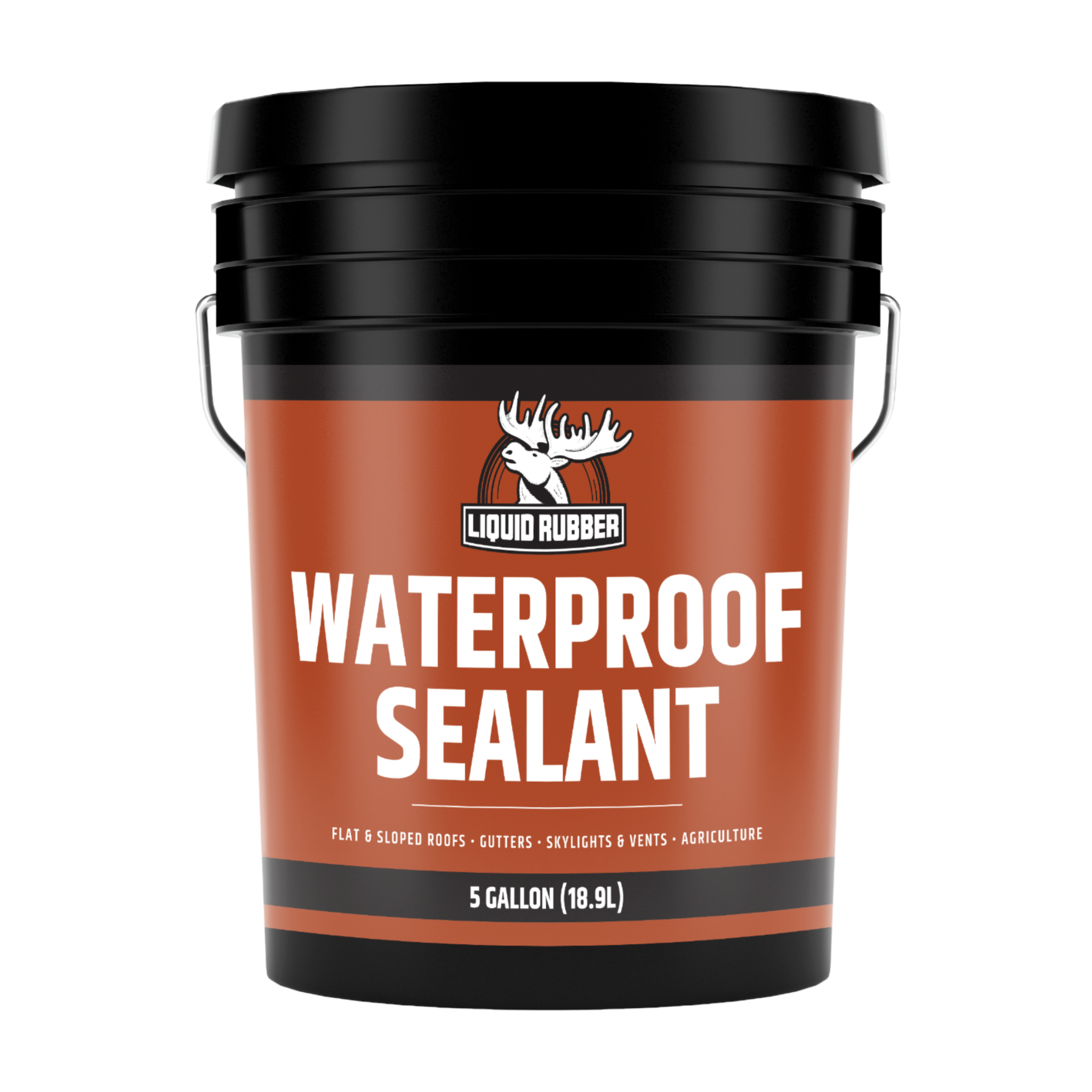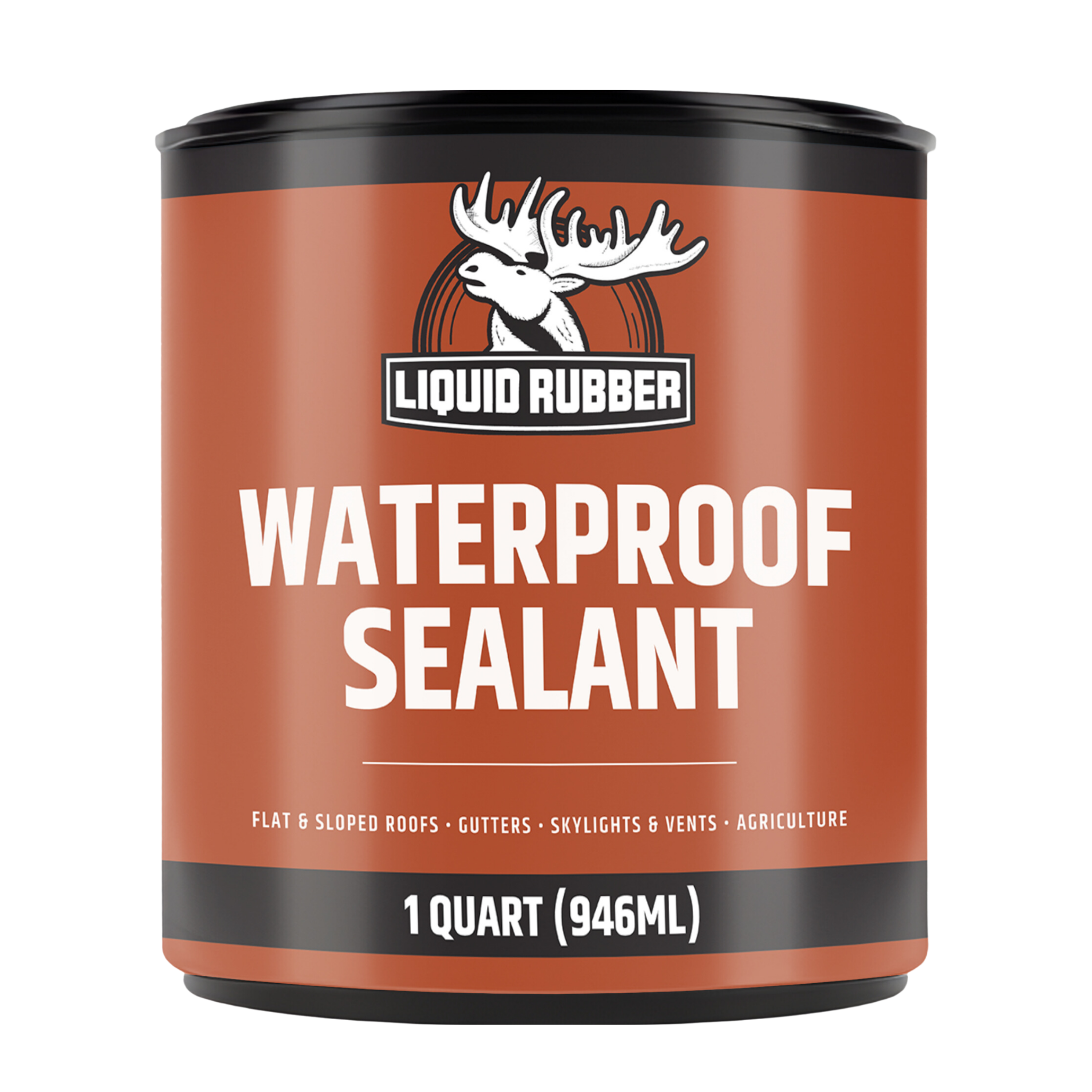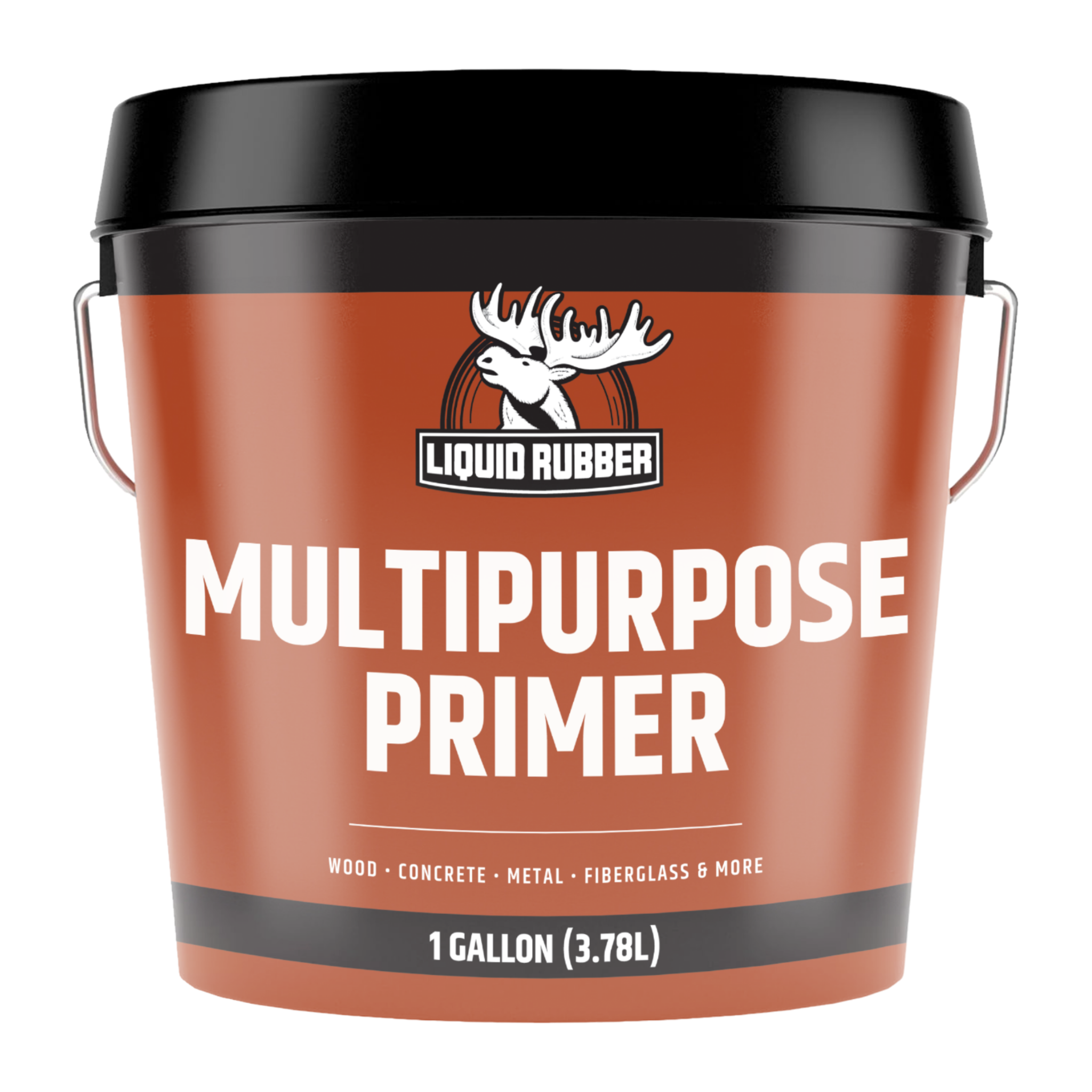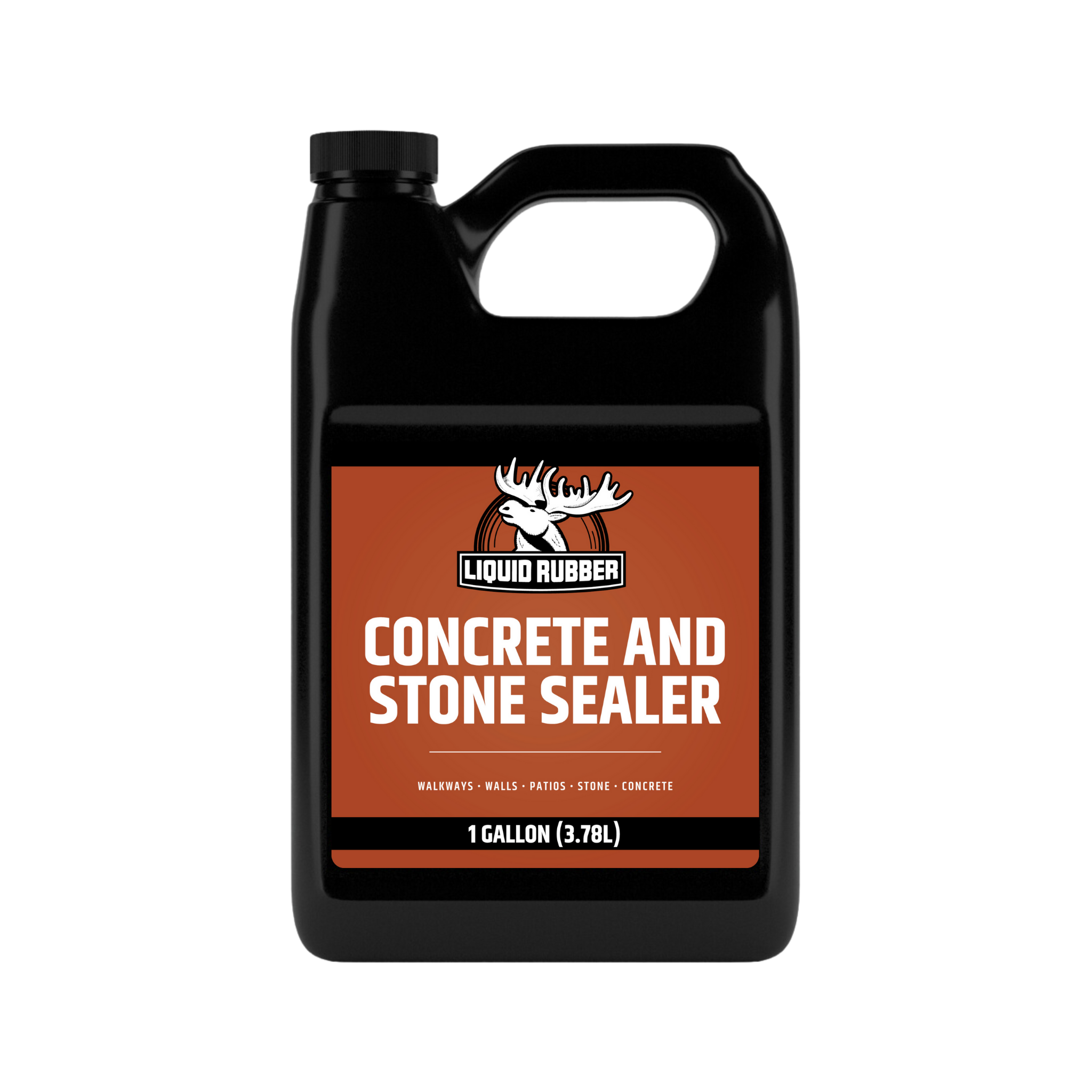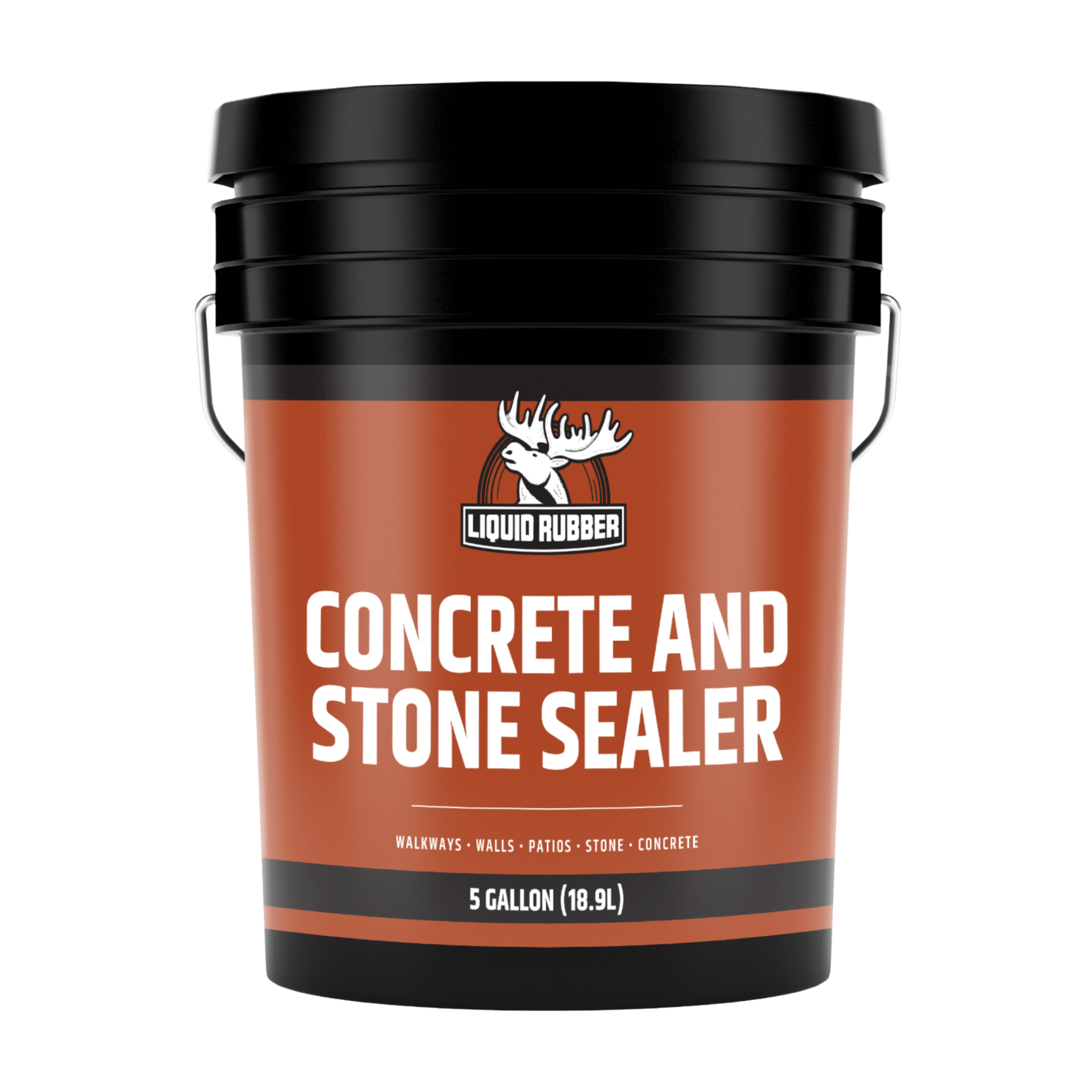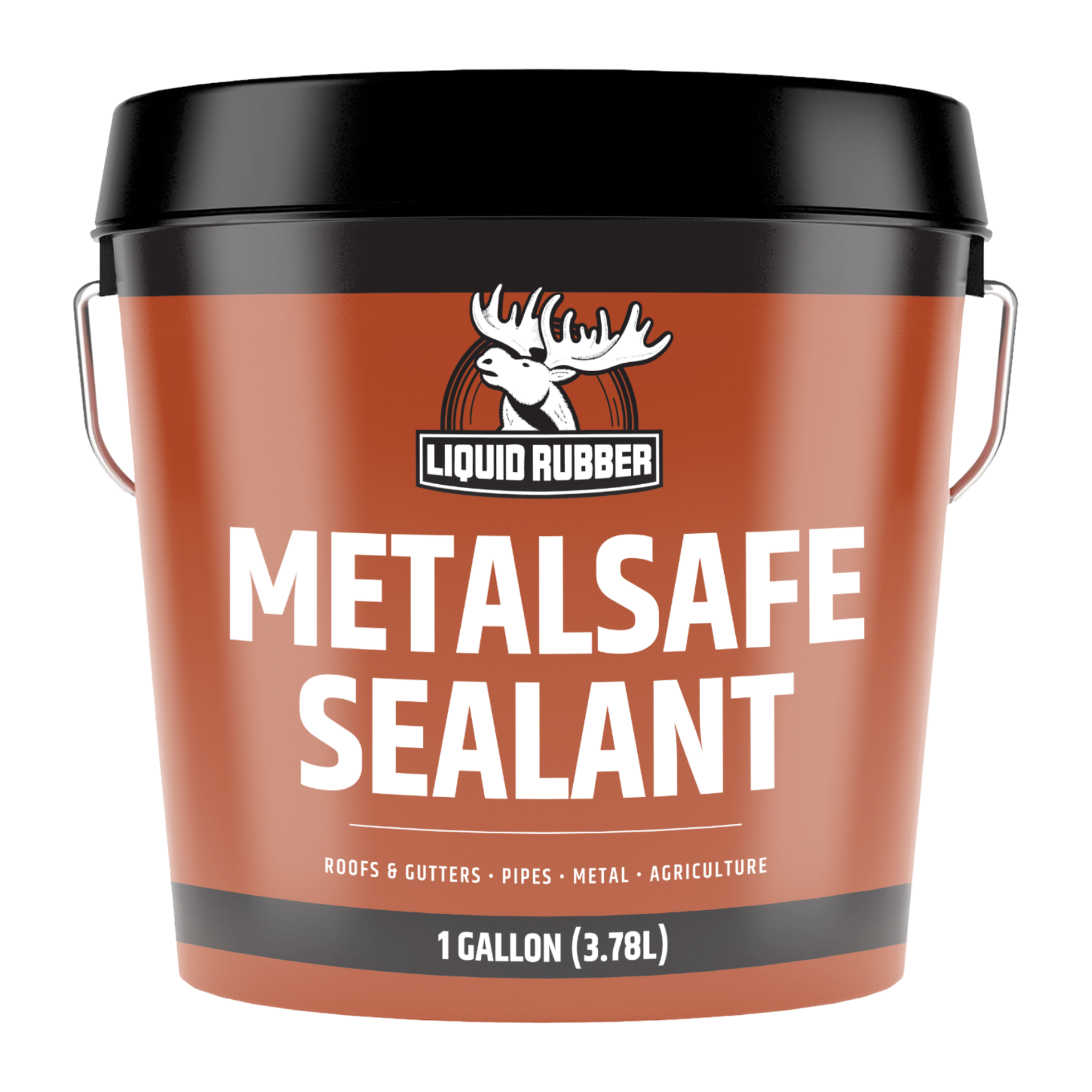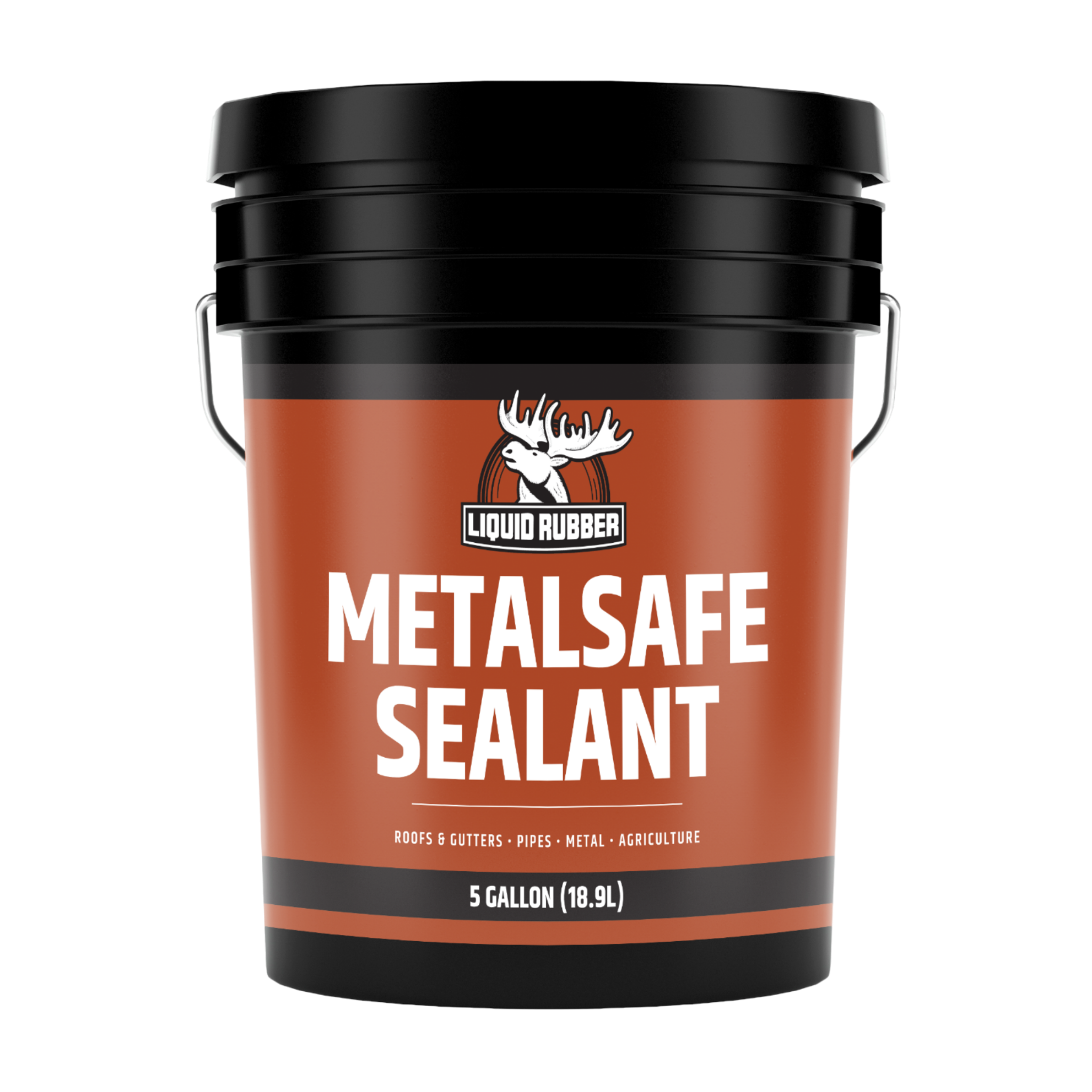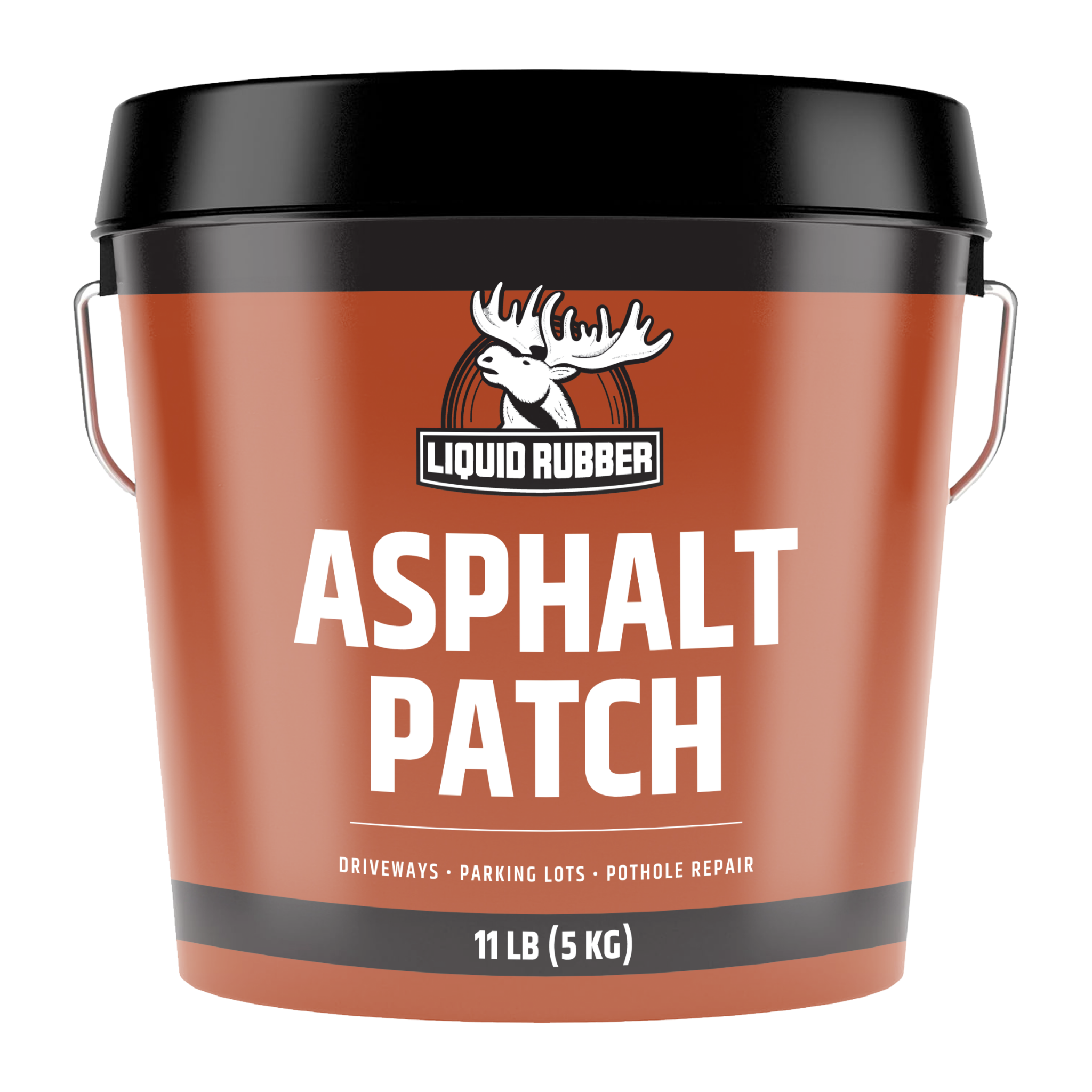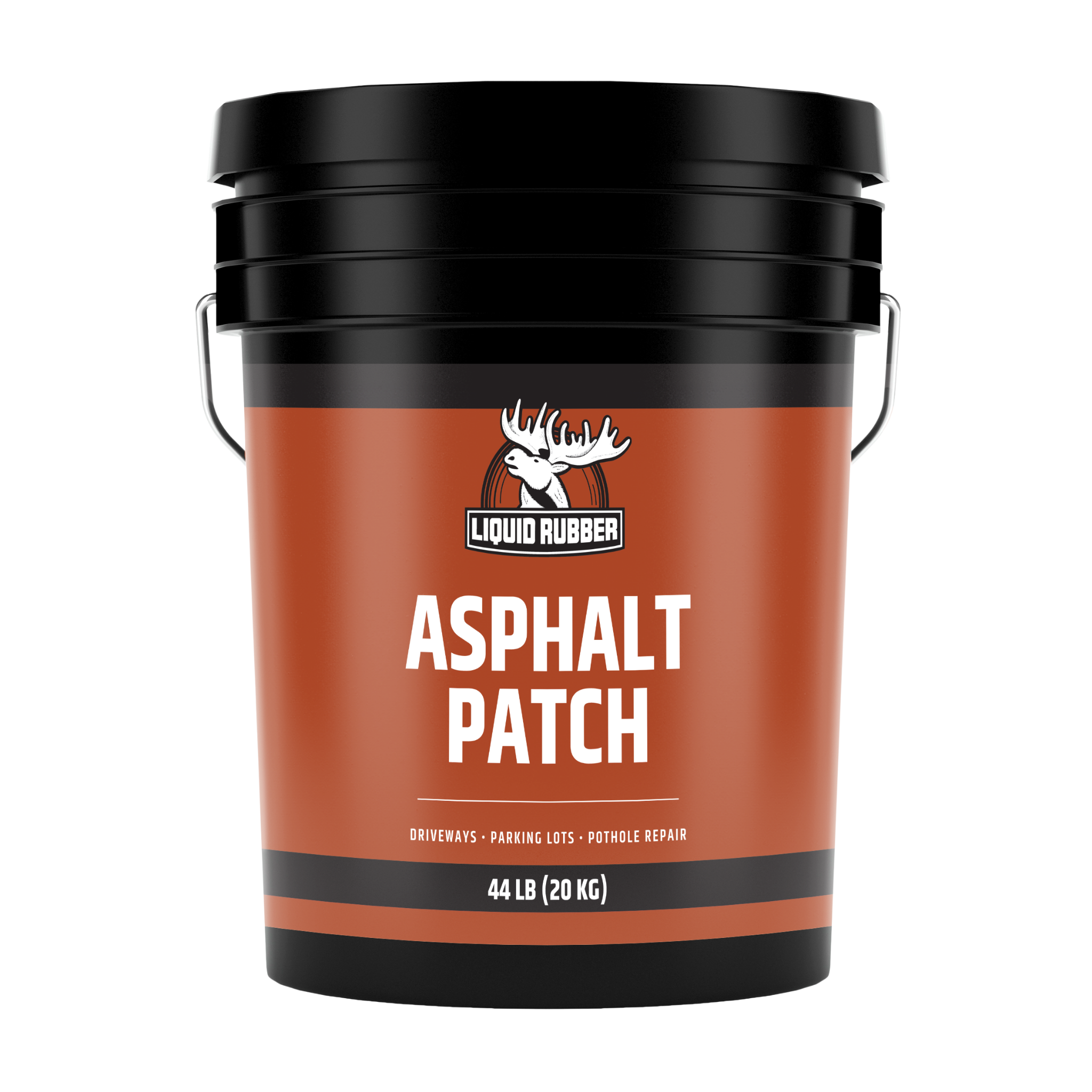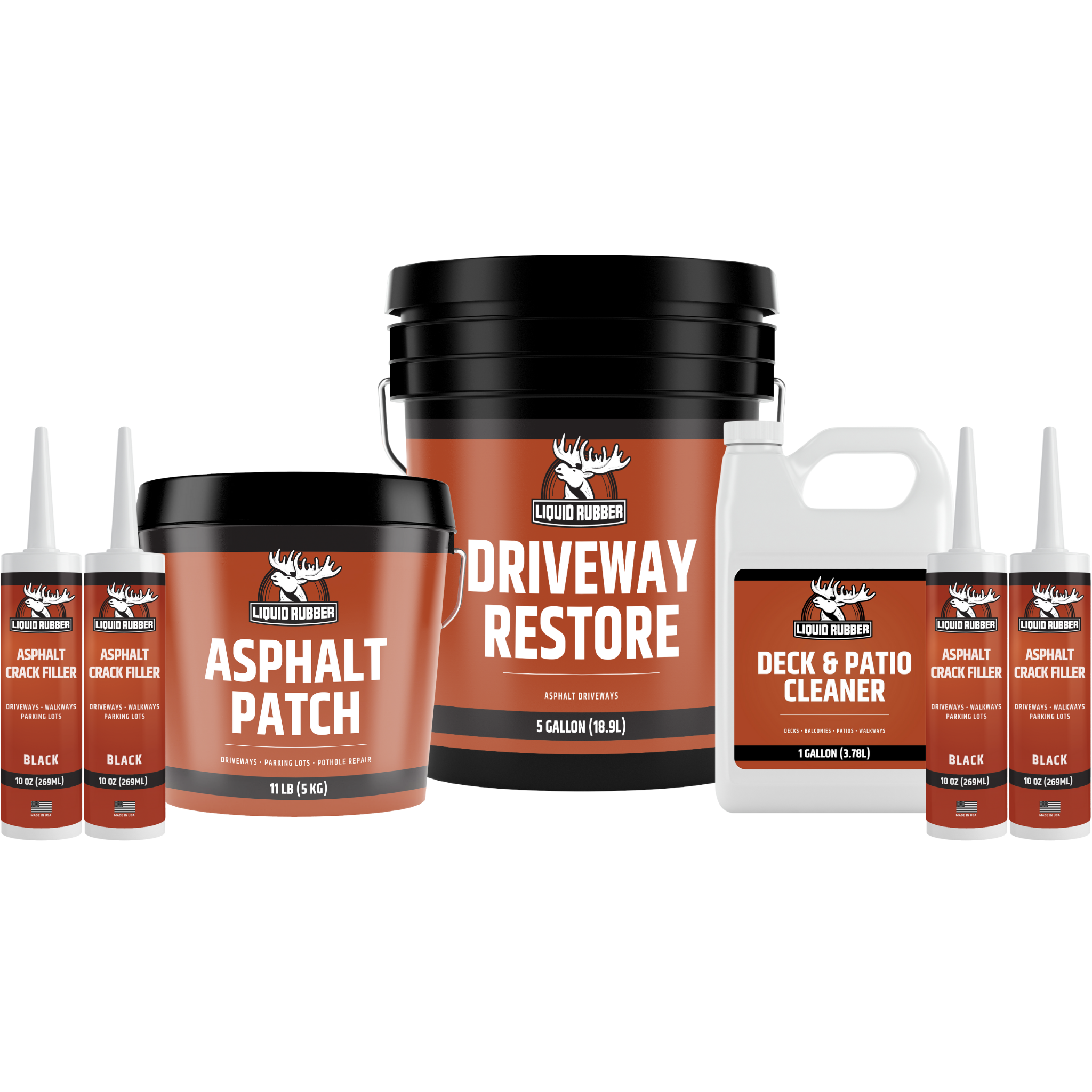About foundation sealant
Looking for a reliable solution to protect your home from water damage? Look no further! Liquid Rubber Foundation Sealant is the ultimate waterproofing membrane that goes beyond just slowing down water—it completely stops it in its tracks. This advanced sealant is painted on and cures into a highly elastic membrane with 900% elongation, ensuring long-lasting protection even in the most challenging conditions.
What sets Liquid Rubber apart? It's eco-friendly, non-toxic, and safe for both indoor and outdoor use, including confined spaces. No special protective equipment is needed, making it a hassle-free option for DIYers and professionals alike. Originally developed for demanding commercial and industrial applications, this top-tier product is now available for your home projects.

Everything you need to seal your exterior foundation. Add or remove items as you need them!
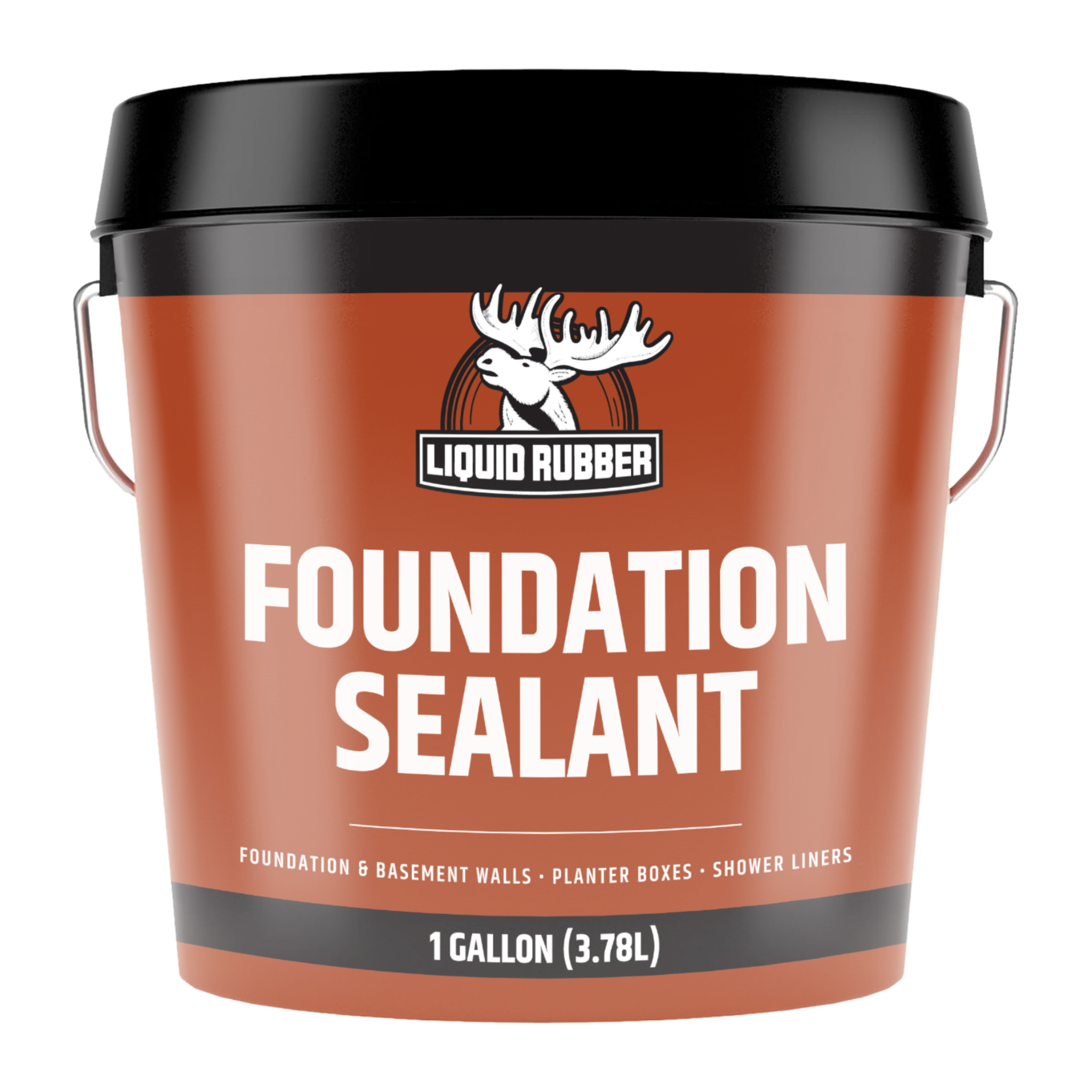
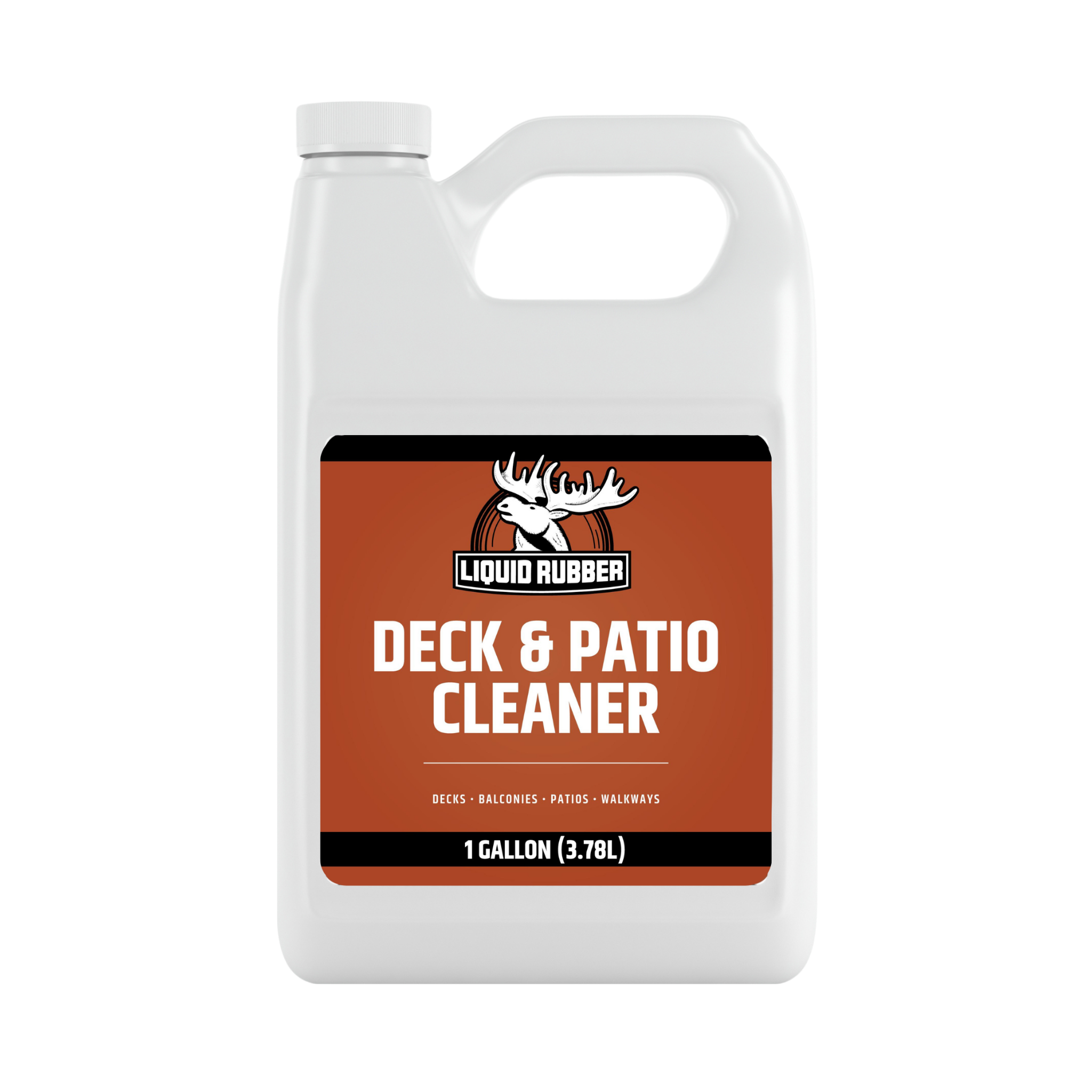
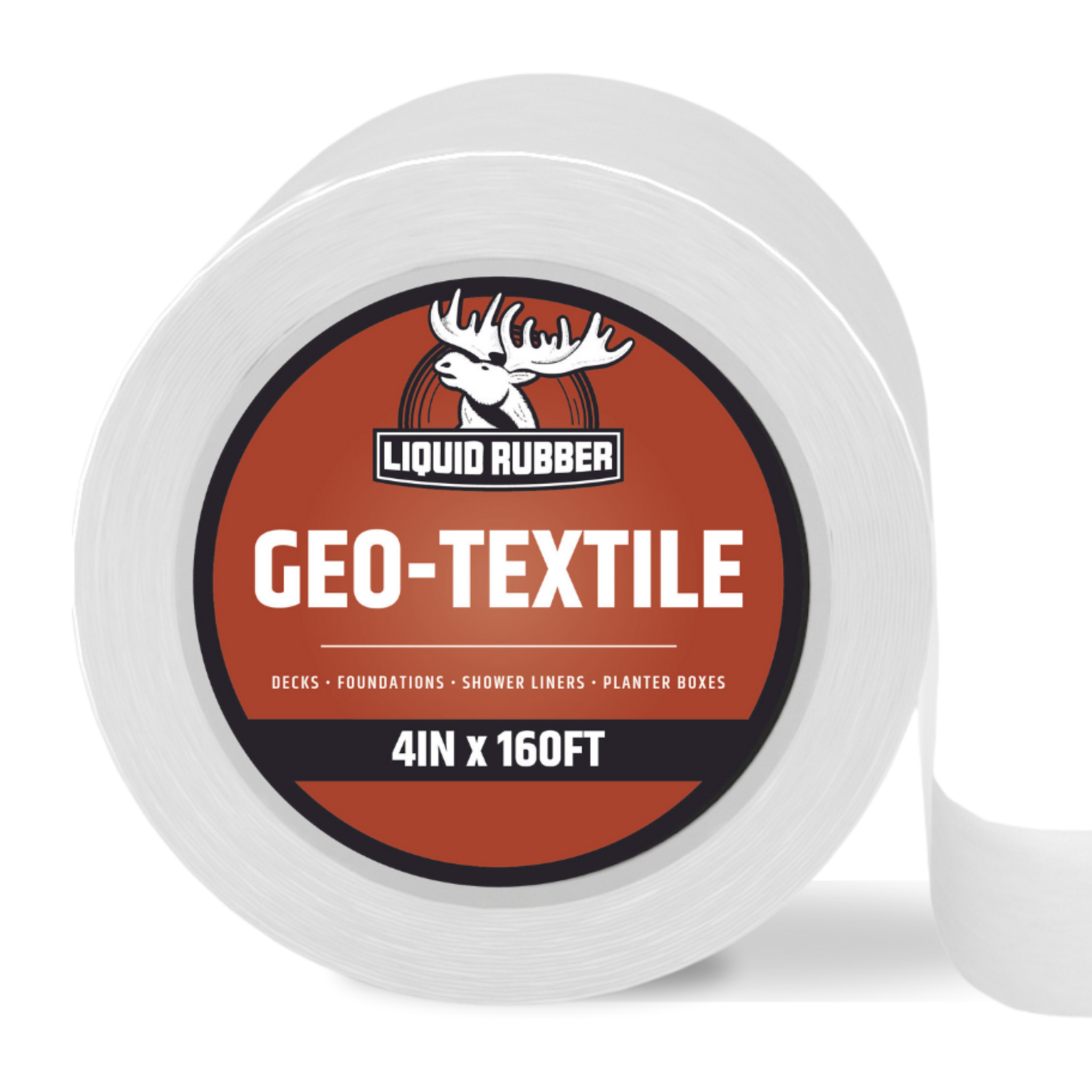
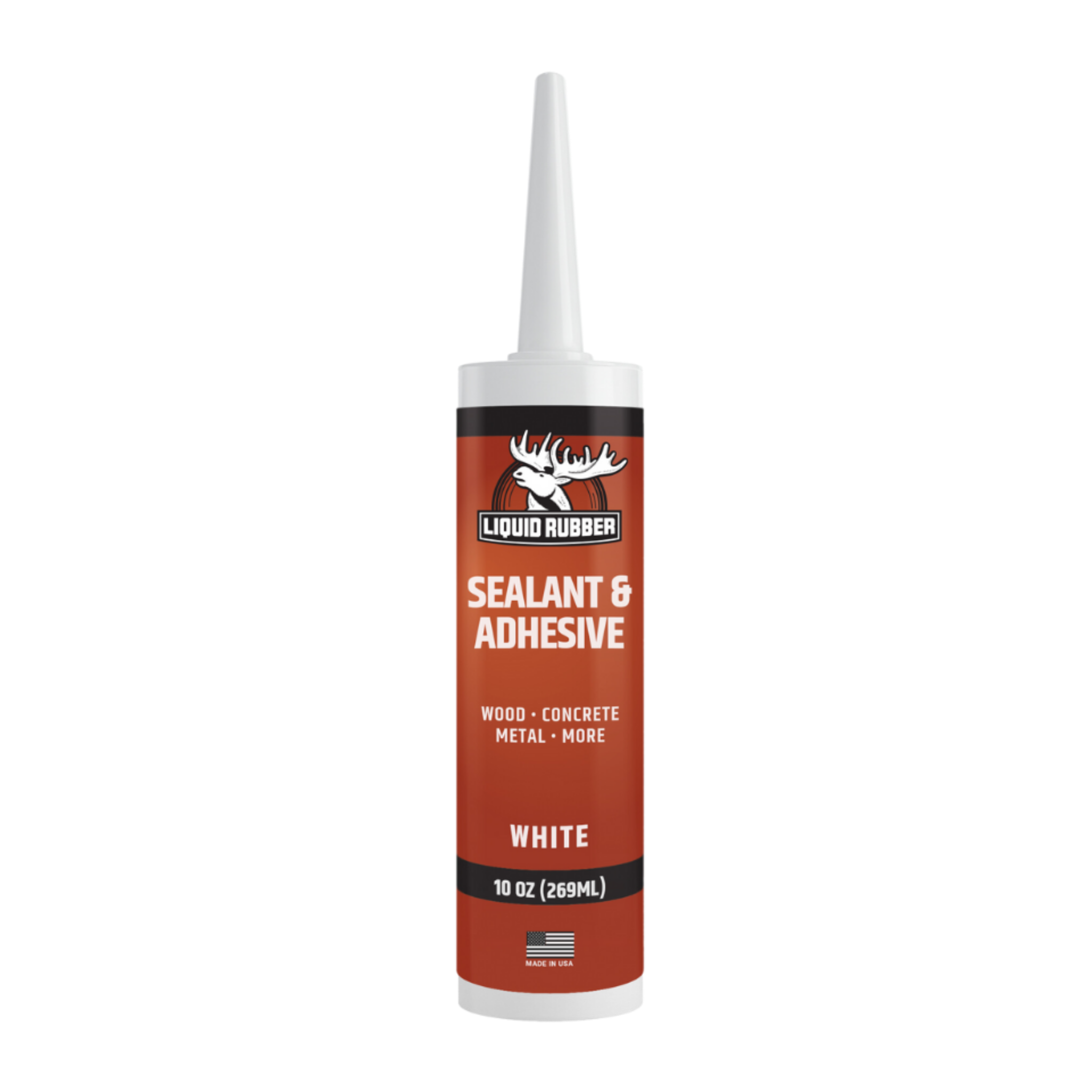
Real customers using Foundation Sealant



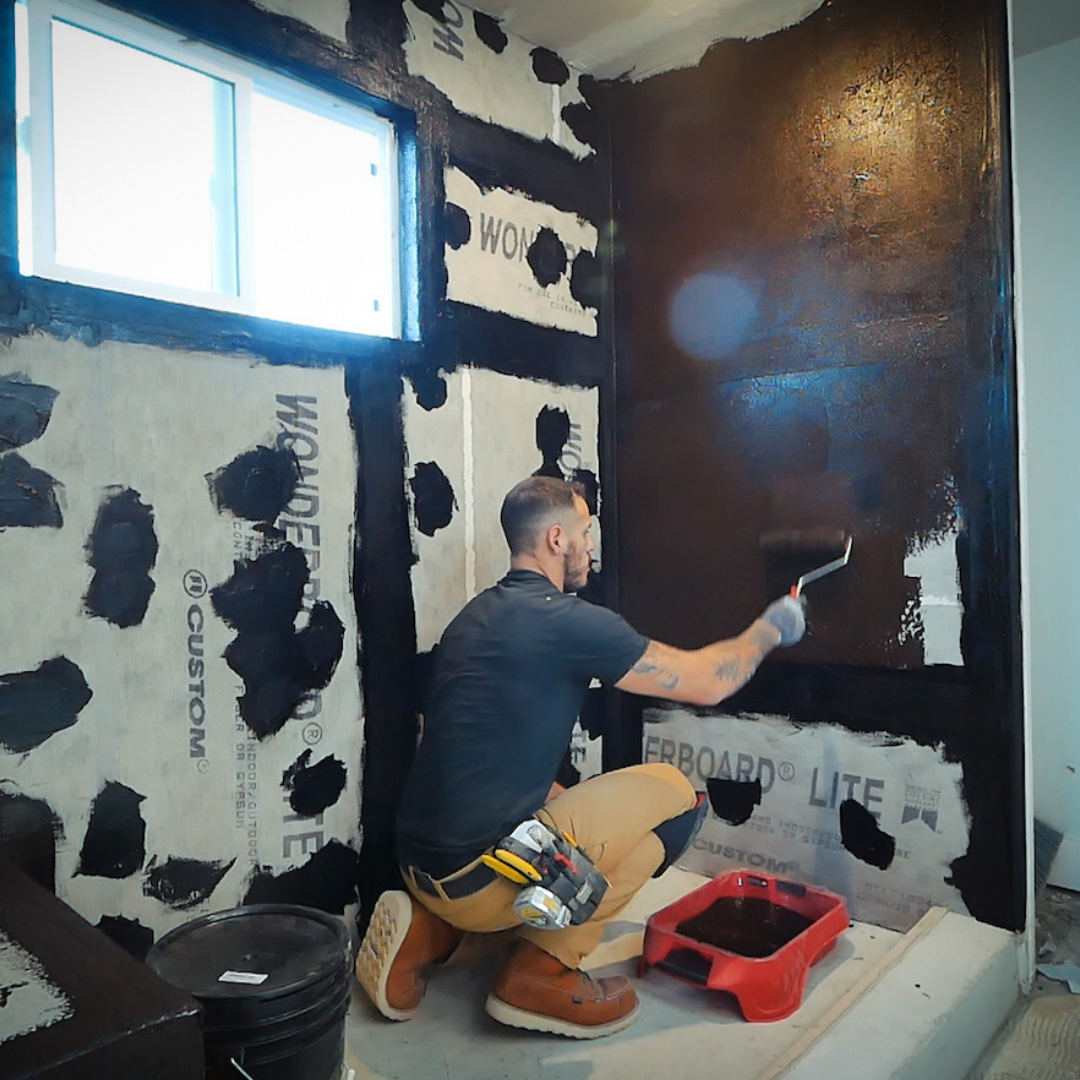
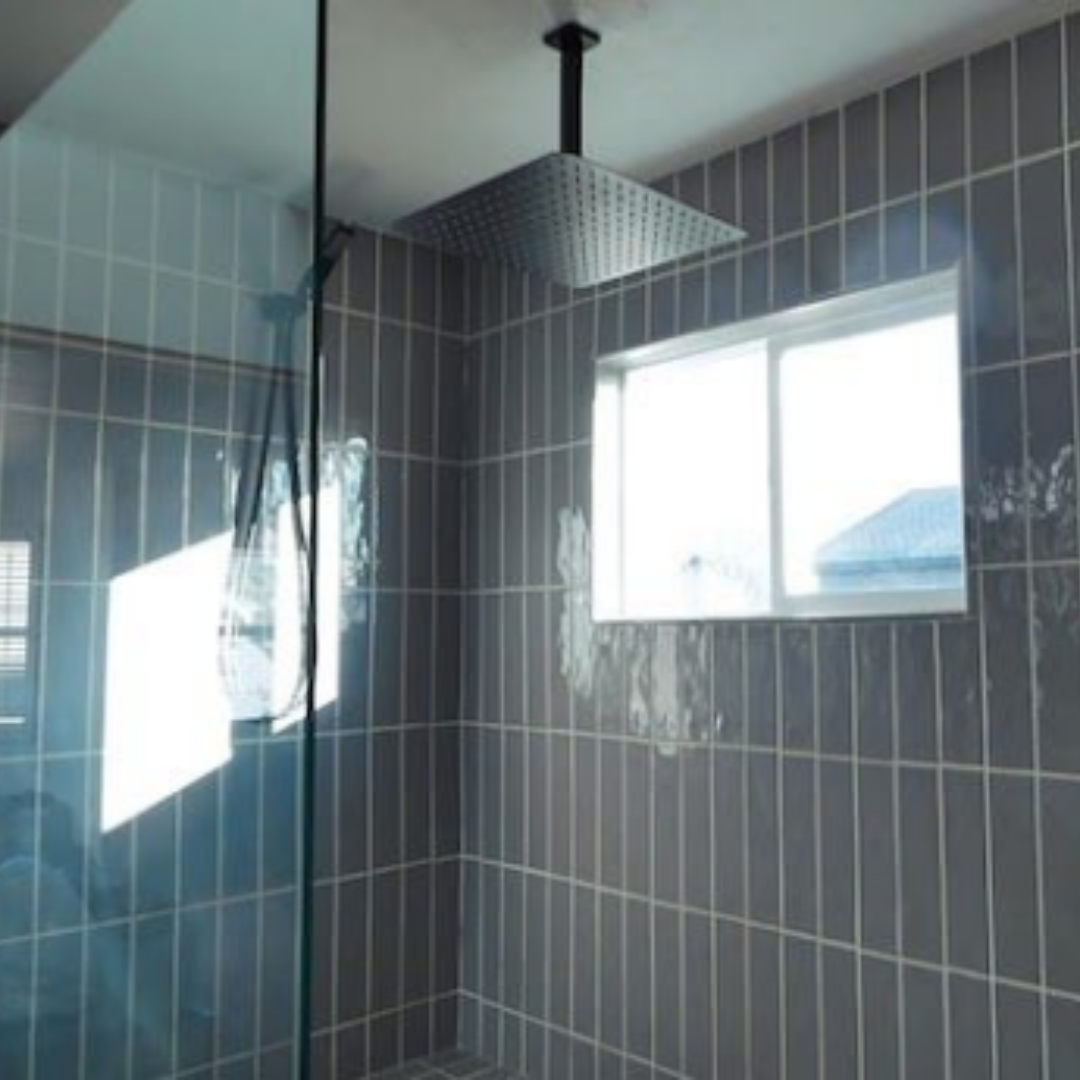
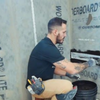
How to Apply Foundation Sealant
Essential Resources for Your Project
-
 Application Guideline
Interior Basement
Detailed steps to complete your project.
Application Guideline
Interior Basement
Detailed steps to complete your project. -
 Application Guide
Exterior Foundation
Detailed steps to complete your project.
Application Guide
Exterior Foundation
Detailed steps to complete your project. -
 Application Guide
Shower Liner
Detailed steps to complete your project.
Application Guide
Shower Liner
Detailed steps to complete your project. -
 Application Guide
Planter Box
Detailed steps to complete your project.
Application Guide
Planter Box
Detailed steps to complete your project. -
 Supply Checklist
Interior Basement
Make sure you have everything before you start.
Supply Checklist
Interior Basement
Make sure you have everything before you start. -
 Supply Checklist
Exterior Foundation
Make sure you have everything before you start.
Supply Checklist
Exterior Foundation
Make sure you have everything before you start. -
 Supply Checklist
Shower Liner
Make sure you have everything before you start.
Supply Checklist
Shower Liner
Make sure you have everything before you start. -
 Supply Checklist
Planter Box
Make sure you have everything before you start.
Supply Checklist
Planter Box
Make sure you have everything before you start. -
 SDS
Foundation Sealant
SDS
Foundation Sealant
-
 Technical Data Sheet
Foundation Sealant
Get the technical details you need.
Technical Data Sheet
Foundation Sealant
Get the technical details you need. -
 Coverage
Foundation
Coverage
Foundation
Project Steps
-
Identify Your Surface
-
Pick The Right Products
-
Prepare The Area
-
Detail Work
-
Apply the Coating
-
Weather & When To Apply
-
Your Workspace
-
Helpful Tips
Foundation Sealant Gallery

Questions about Foundation Sealant
-
Do I need to use a primer with Foundation Sealant?
-
Can I coat over an existing coating or paint?
-
Can Color Sealant be used over a bitumen coating?
-
How long does it take to get my order once I have placed it?
-
Can I get a First Purchase discount?
Our team of experts are standing by to help make sure your project is a success.
-
Over 1 Million Gallons Sold
-
Free Shipping Over $49.95
-
Free Returns

